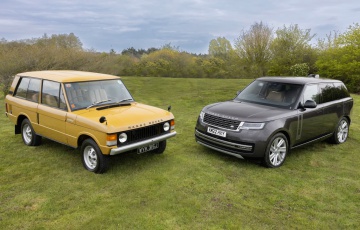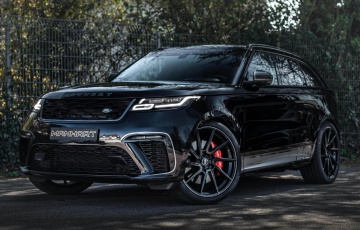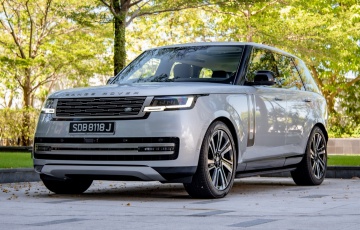This is the brand new, fifth-generation Range Rover
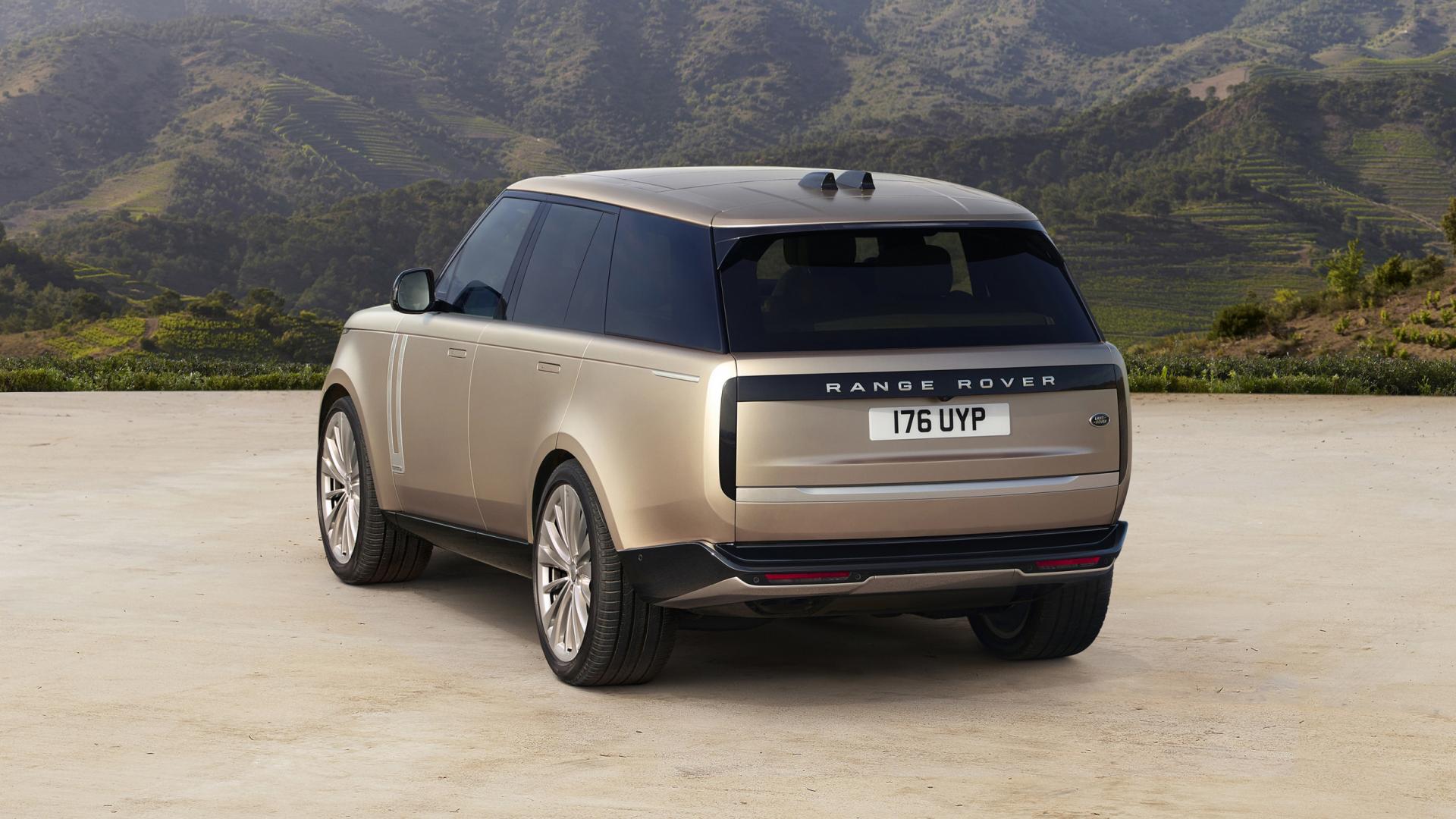
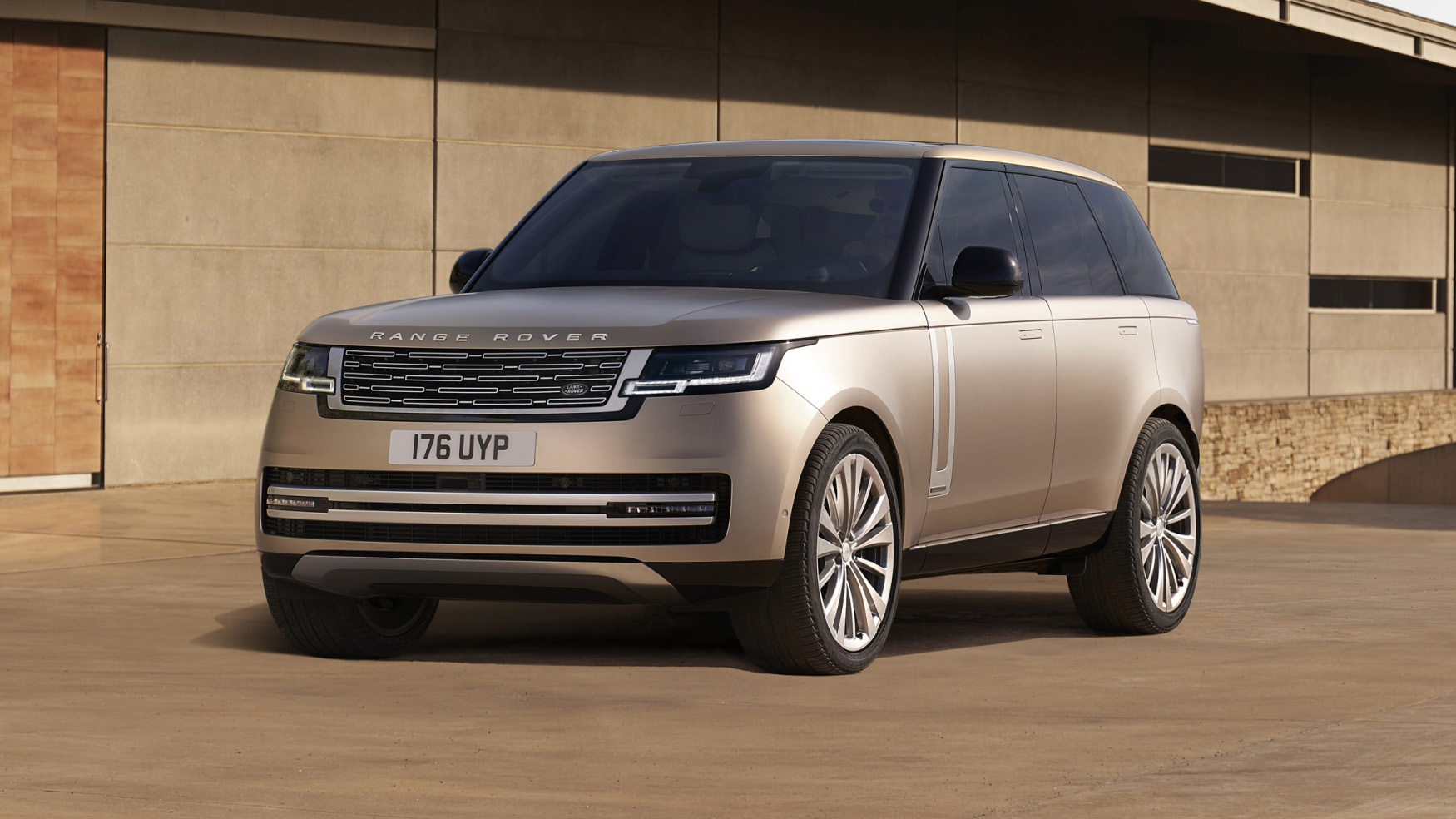
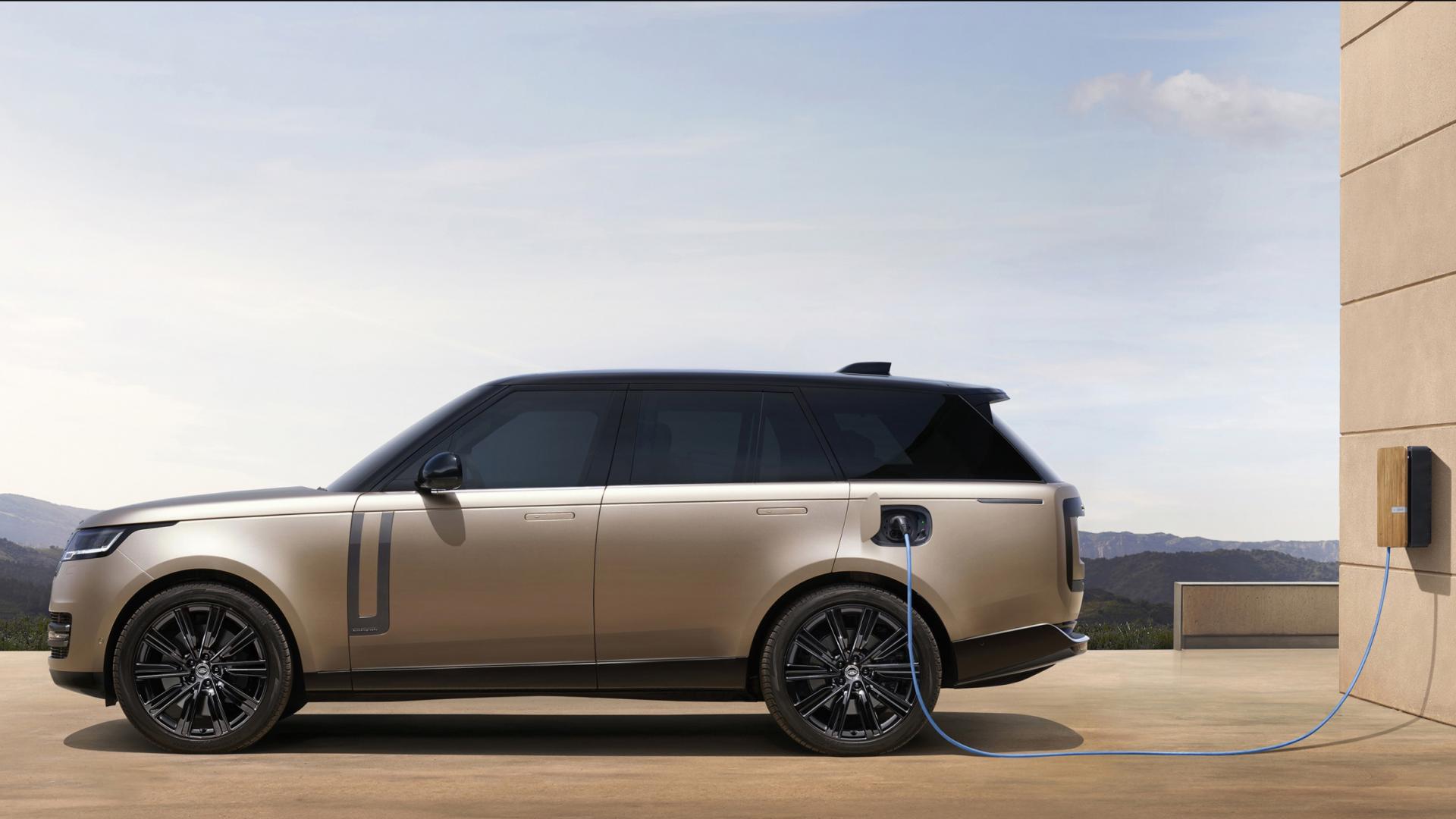
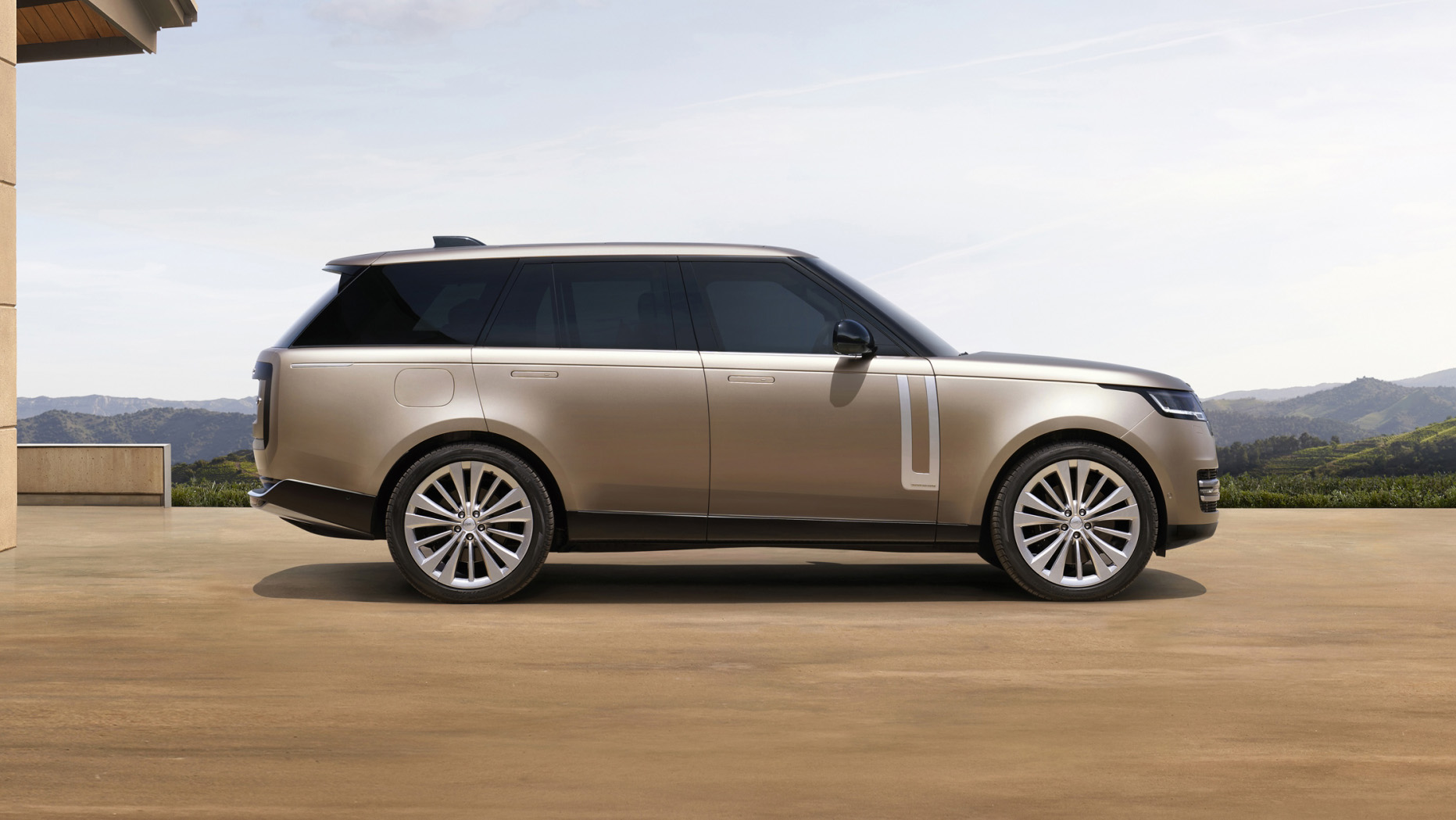
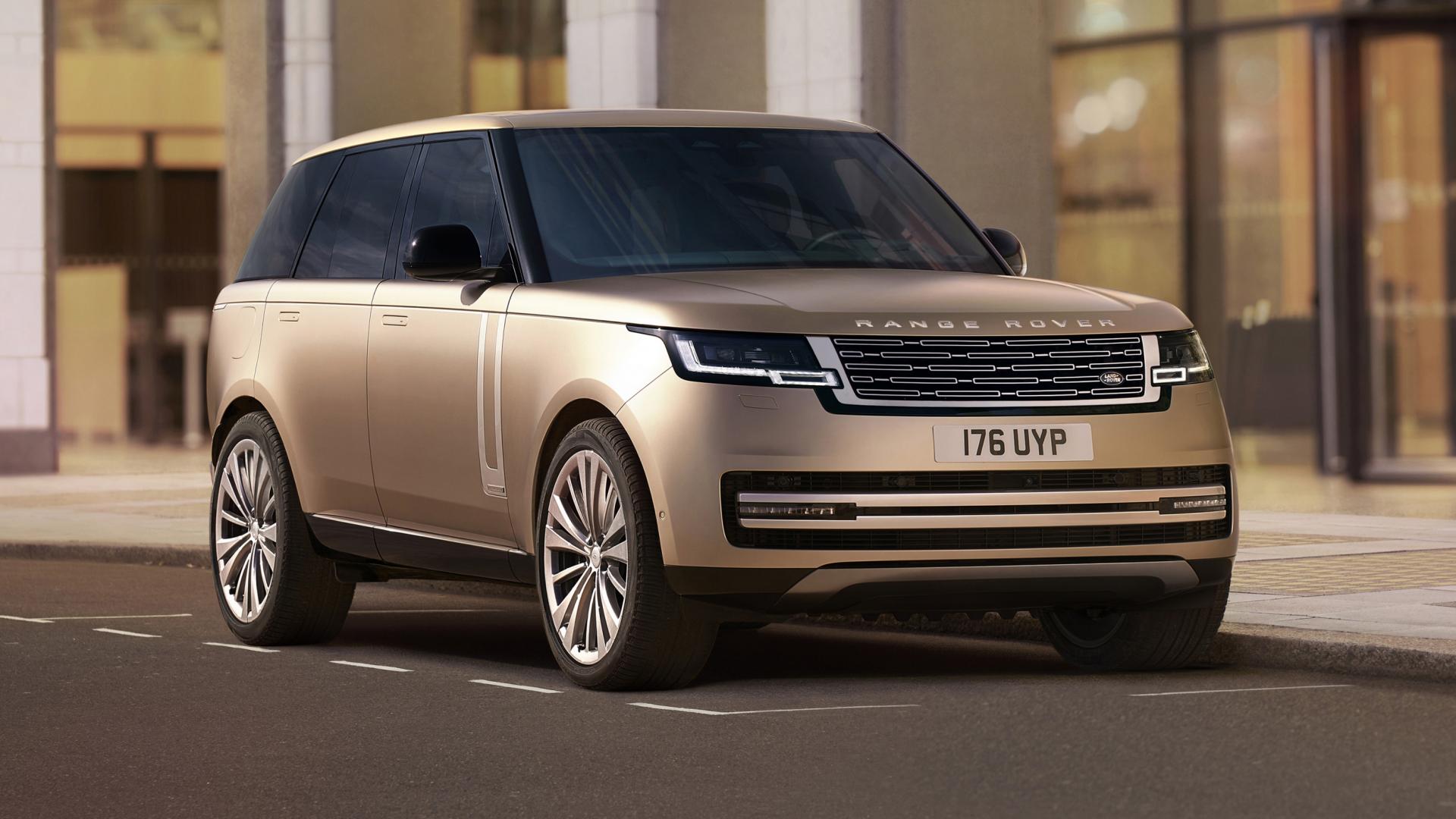
The Brand New Range Rover: Moving With Technology
It messes with your head. Is this really the new one? You thought you were good at this car-spotting thing didn't you? From the side profile at least, it just looks like the Range Rover we're familiar with… yet unaccountably better. Smoother, neater, more polished, tightened up. But in ways that aren't obvious.
Gerry McGovern, Jaguar Land Rover's creative director, disarmingly offers an explanation. "It's not that we've become better designers since we did the old generation. It's that technology has moved on, and allows us to do things we couldn't before."
McGovern isn't known for depreciating either himself or his team (he's just been slagging off the visually noisy design of some rival products, ending his remarks with an airy "…not that I'm slagging them off, mind").
So his remark carries the implication that the body engineers have been under pretty heavy pressure from the design side to bring those new techniques into play.
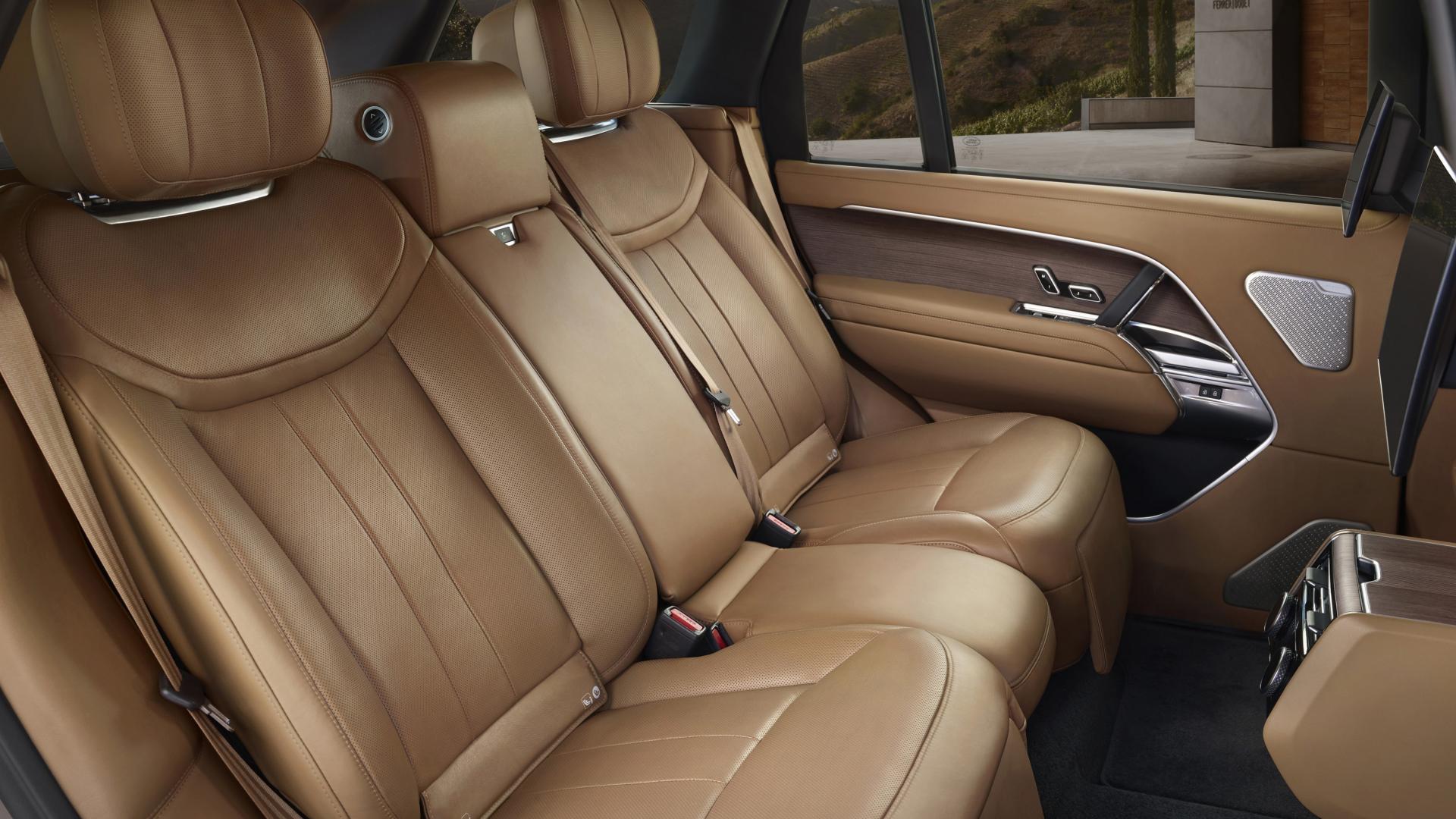

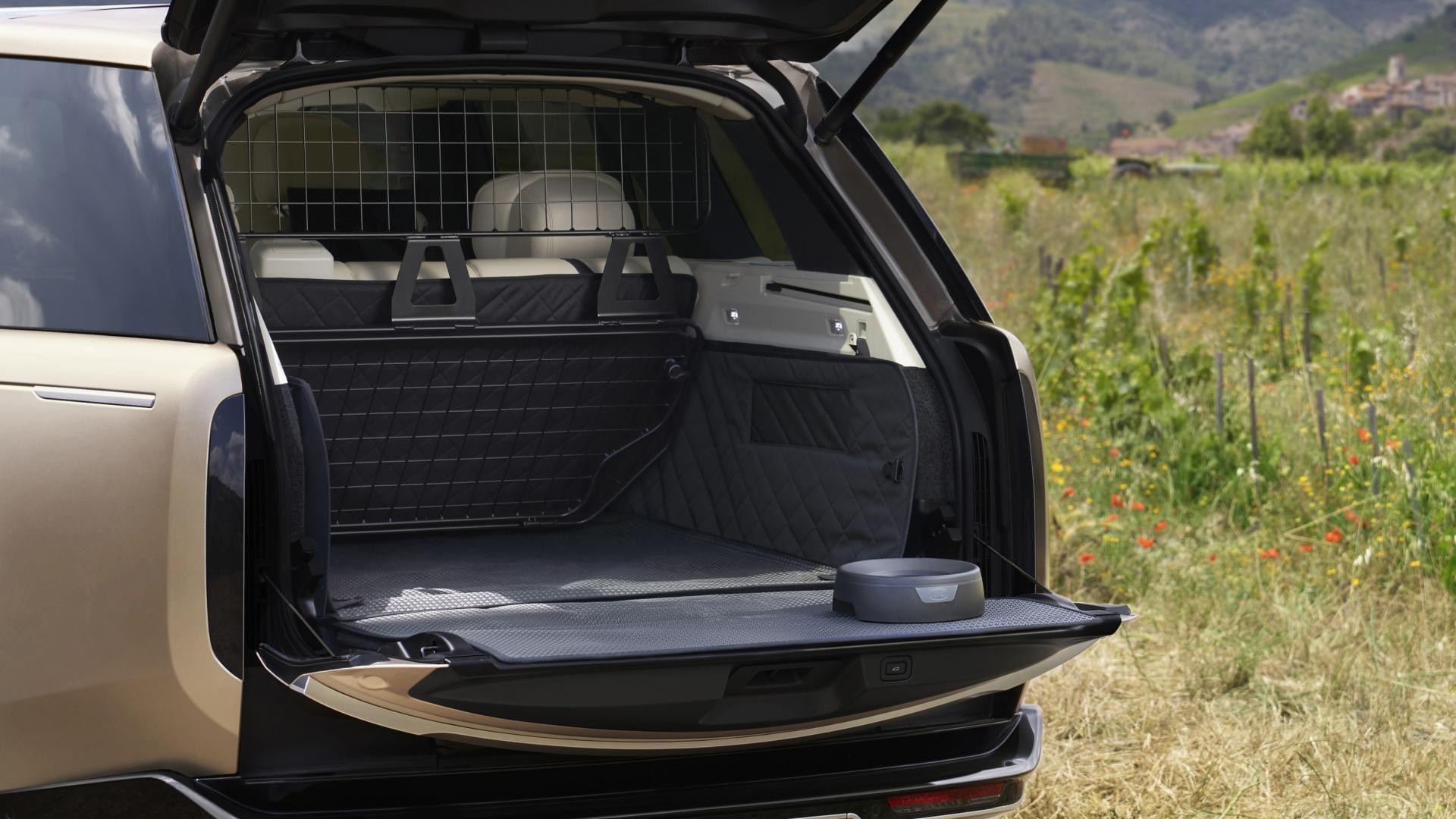
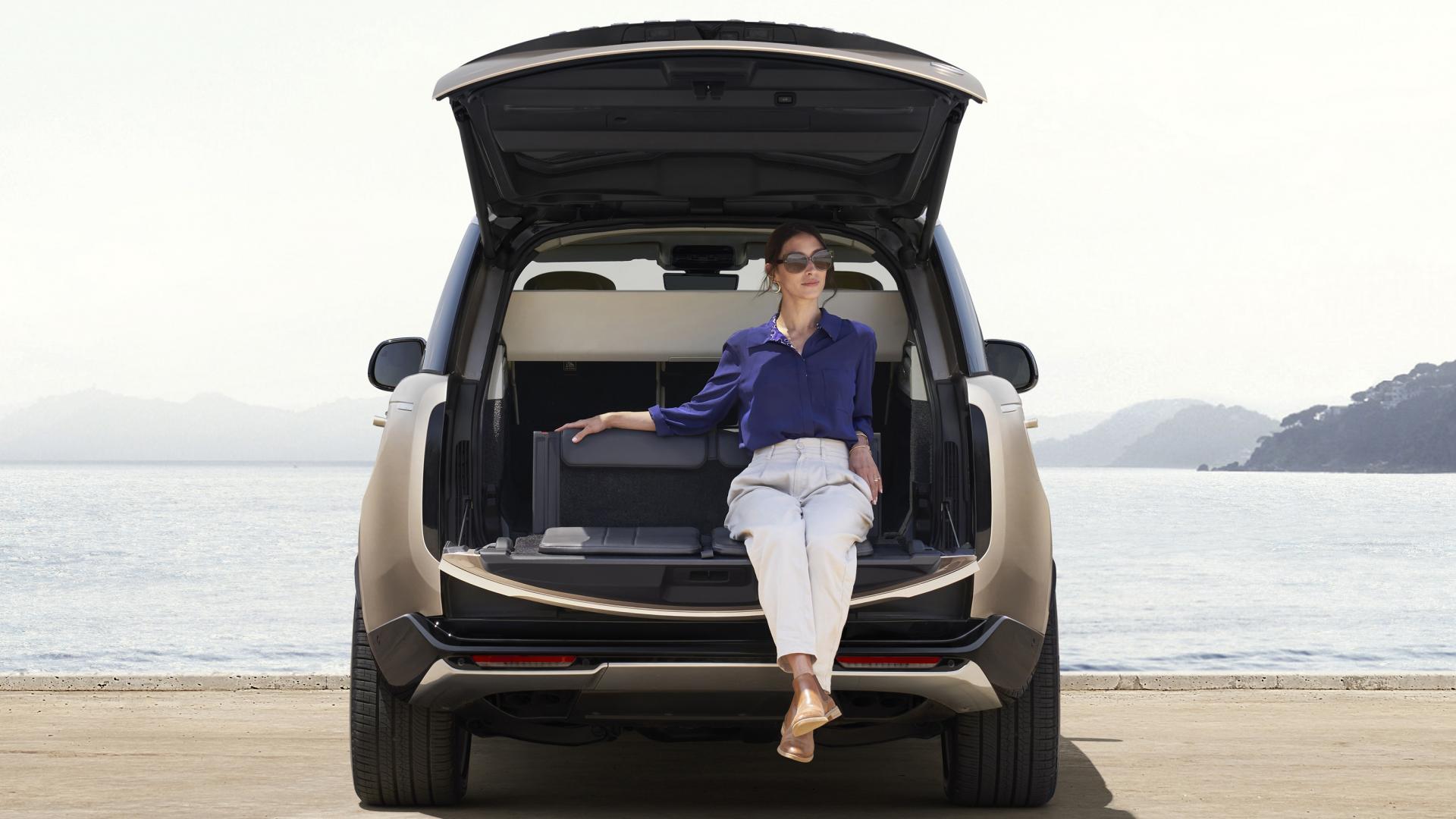
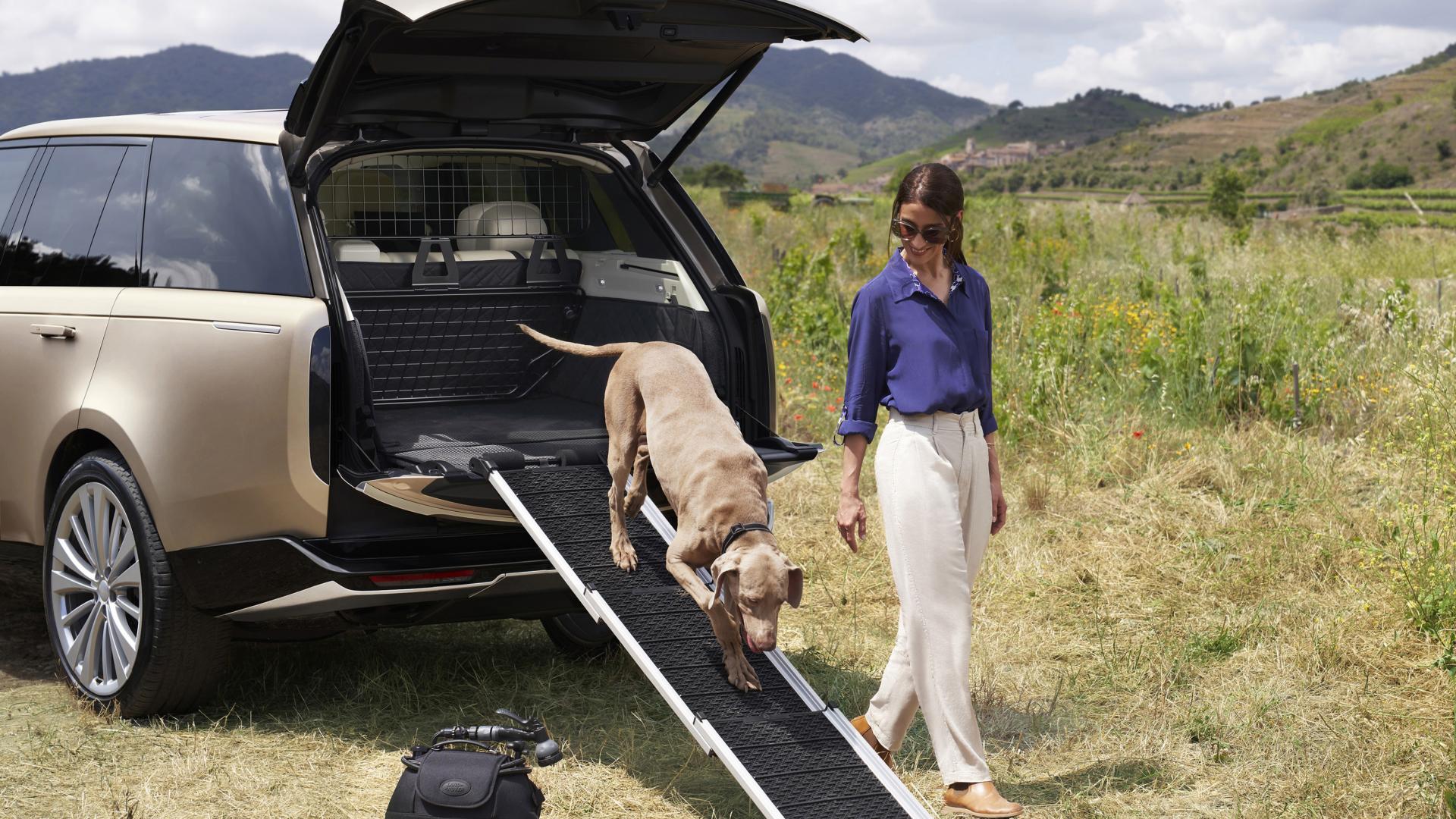
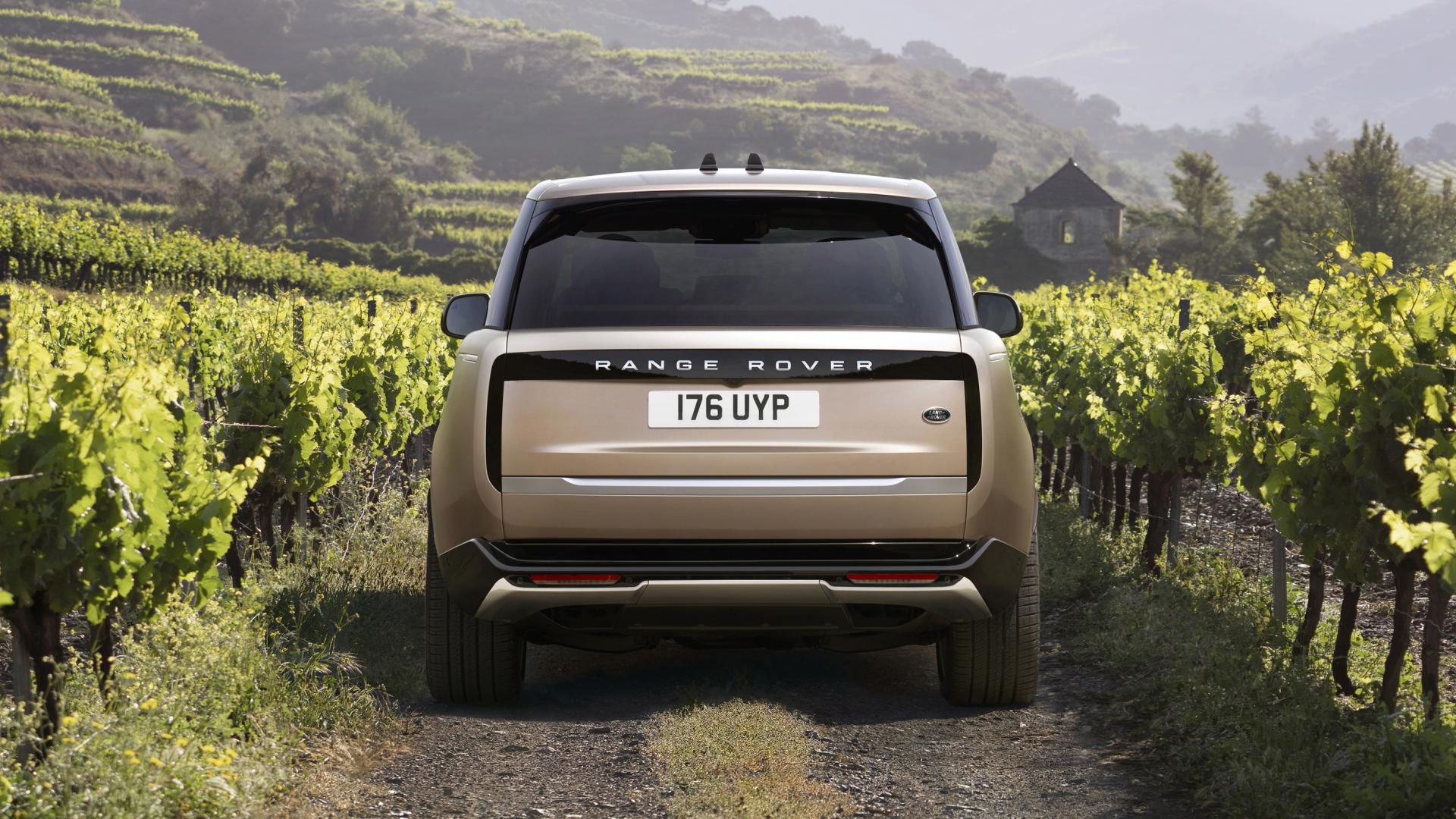
Now if I listed them all, you'd think these said technologies were pretty darned tedious. But trust me they have an effect, so I will be come back to them. But first, the headlines.
Bong! The new Range Rover builds on a totally new, mostly aluminium body structure. They thought about re-using bits of the old one but it wasn't possible because they need to make room for, drumroll, the batteries that will enable a full-electric version in three years' time. After all they started work on this car five years ago, and project lead Nick Miller points out this was just as dieselgate was unfolding.
Bong! Right now, the launch versions include plug-in hybrids that'll go 95km on their 140bhp electric motor before waking their 3.0-litre petrol engine. Combined power is 510bhp. Other straight-six 3.0-litre launch engines are JLR's diesels (250bhp, 300bhp and 360bhp) and petrols (360 and 400bhp).
The new 2022 Range Rover can be expected in mid-2022 in Singapore and it will be launched in 3.0 Autobiography guise. Prices haven't been finalised yet.
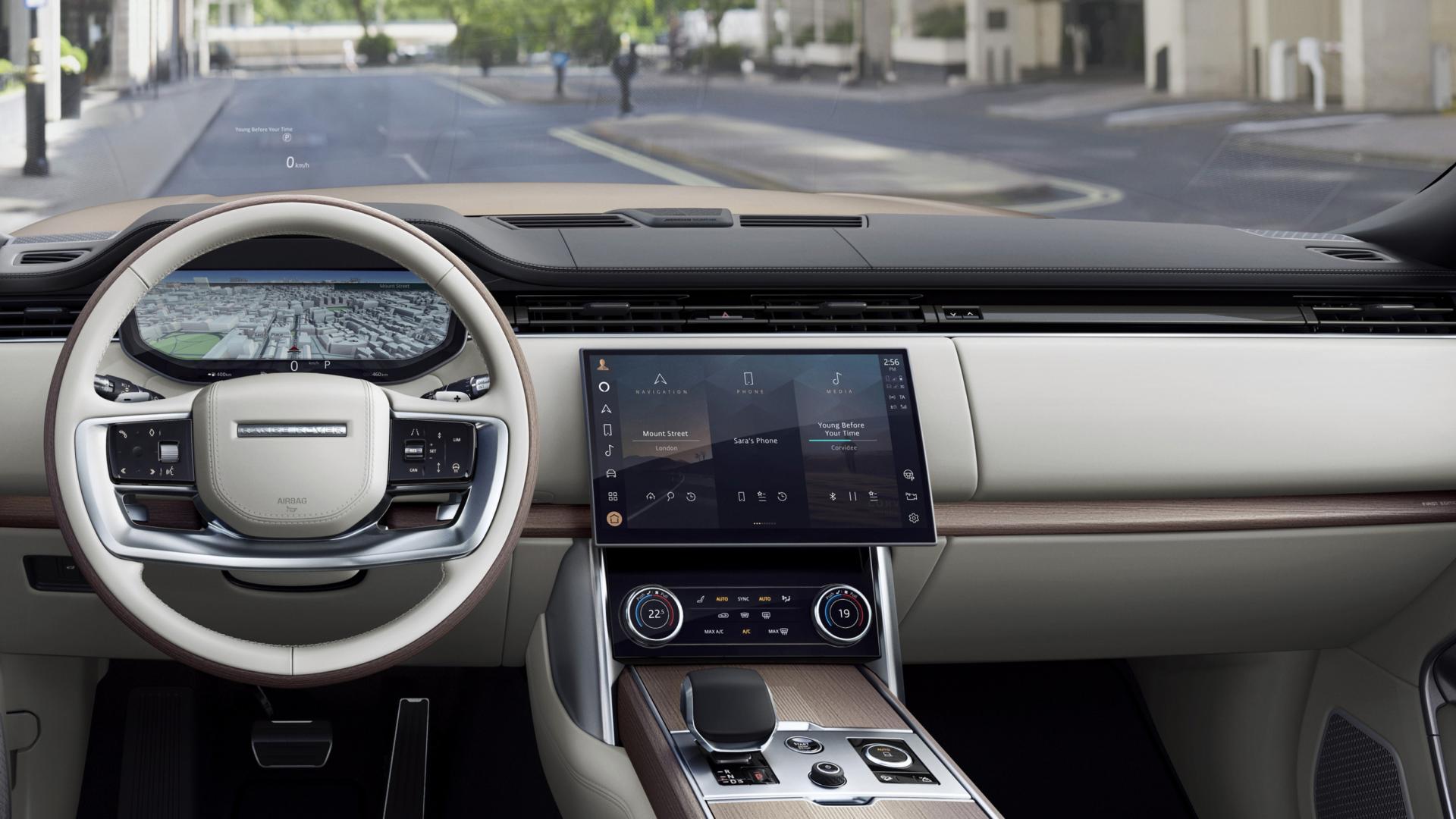
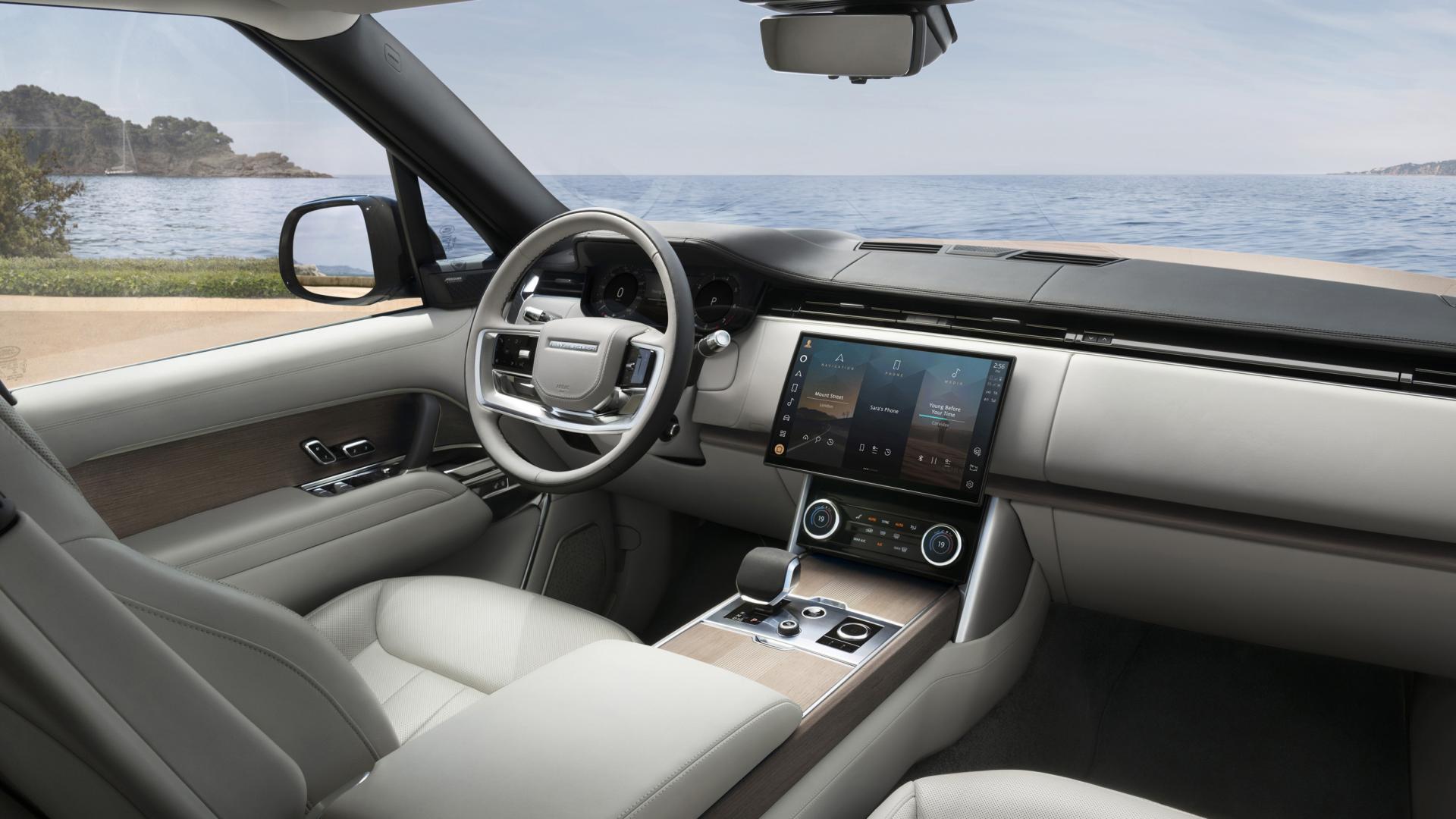
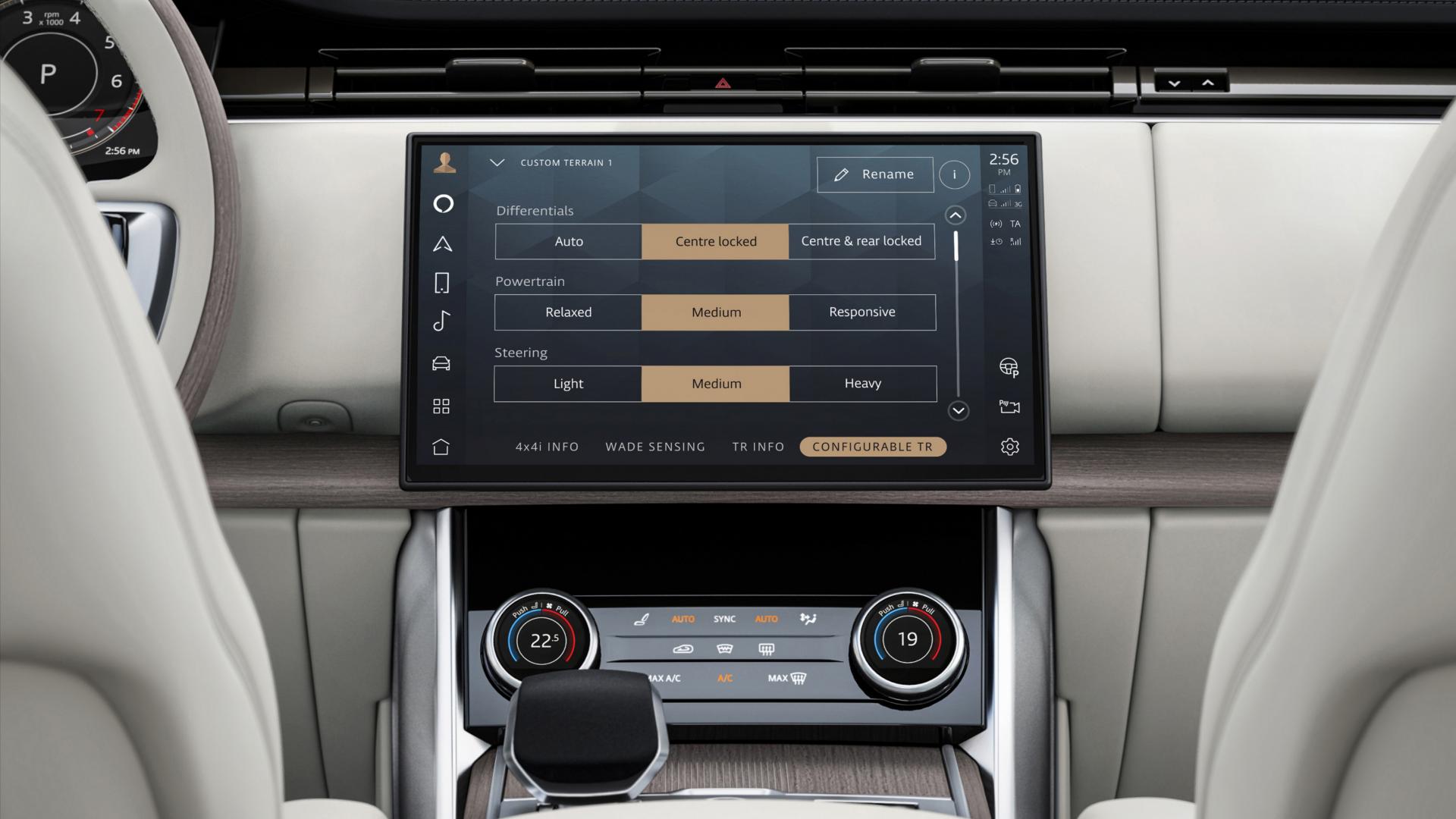
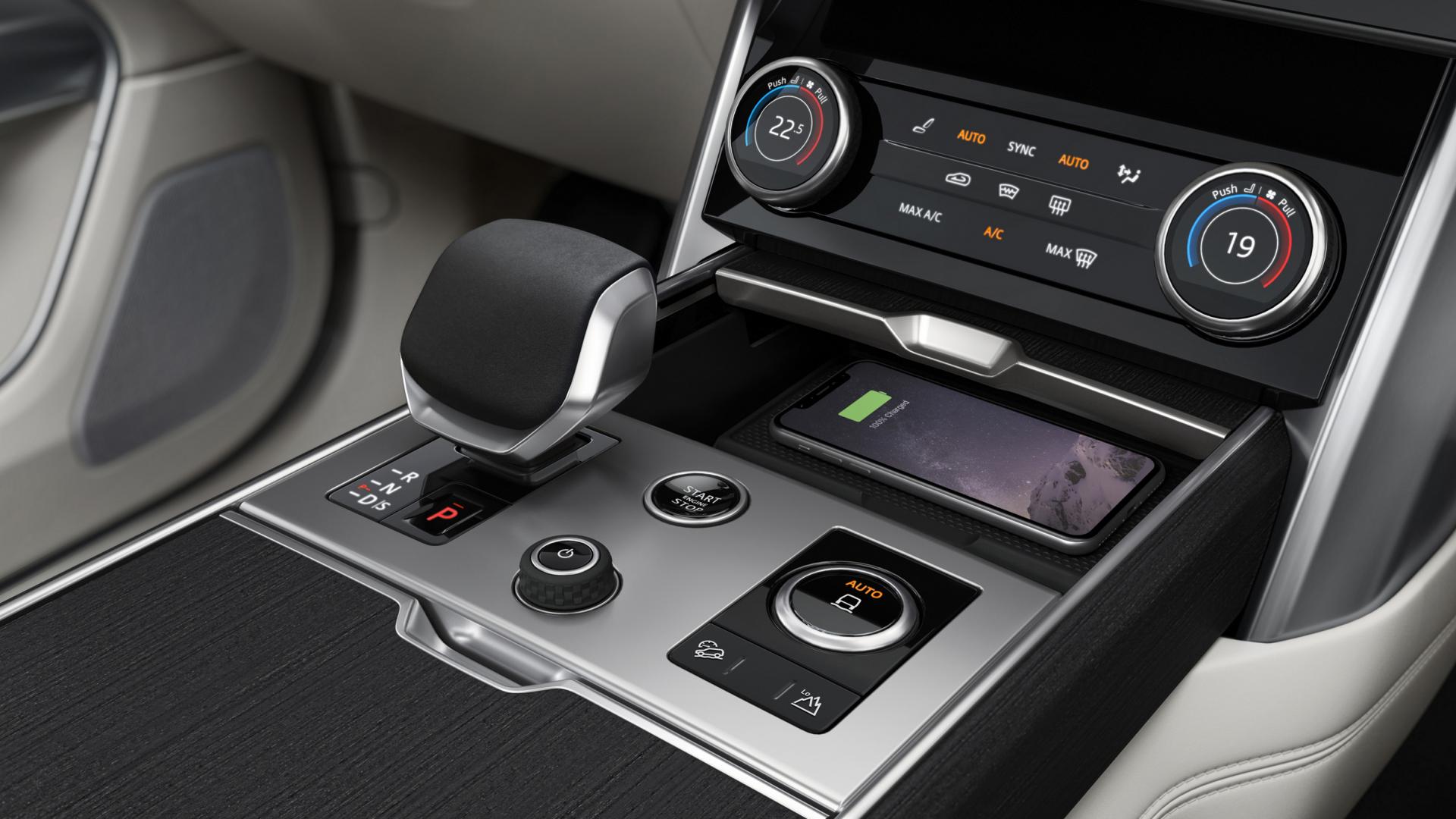
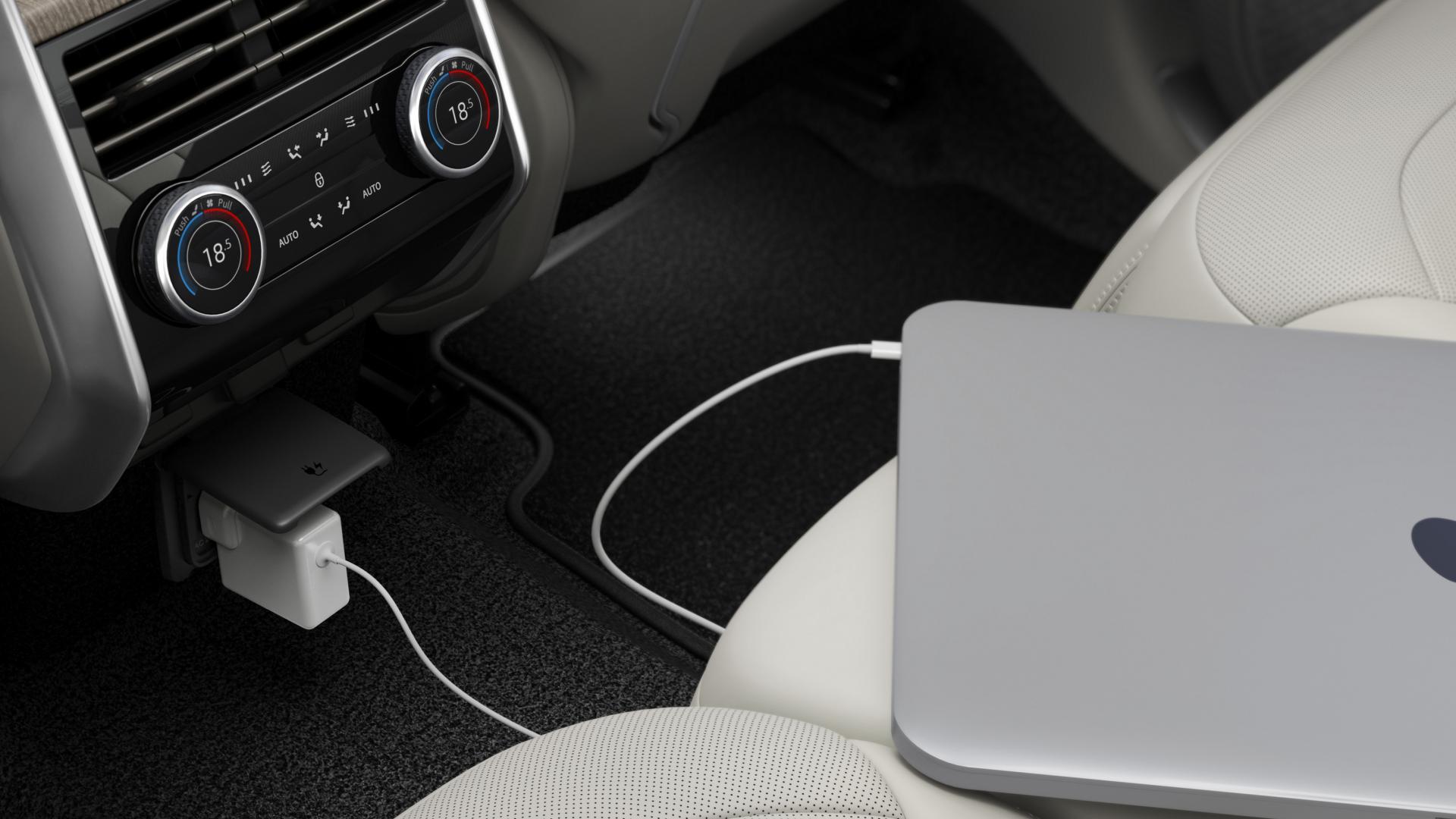
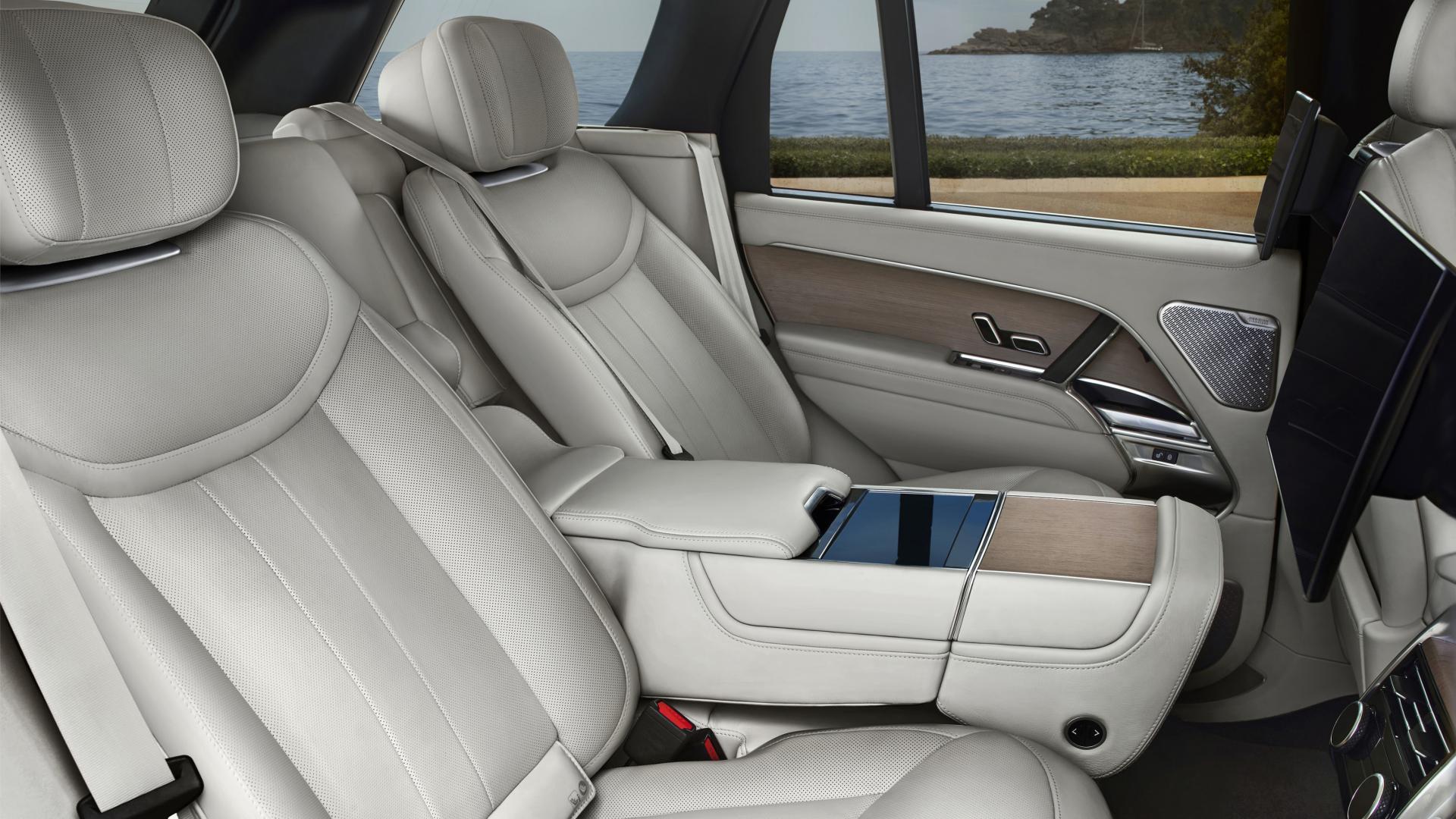
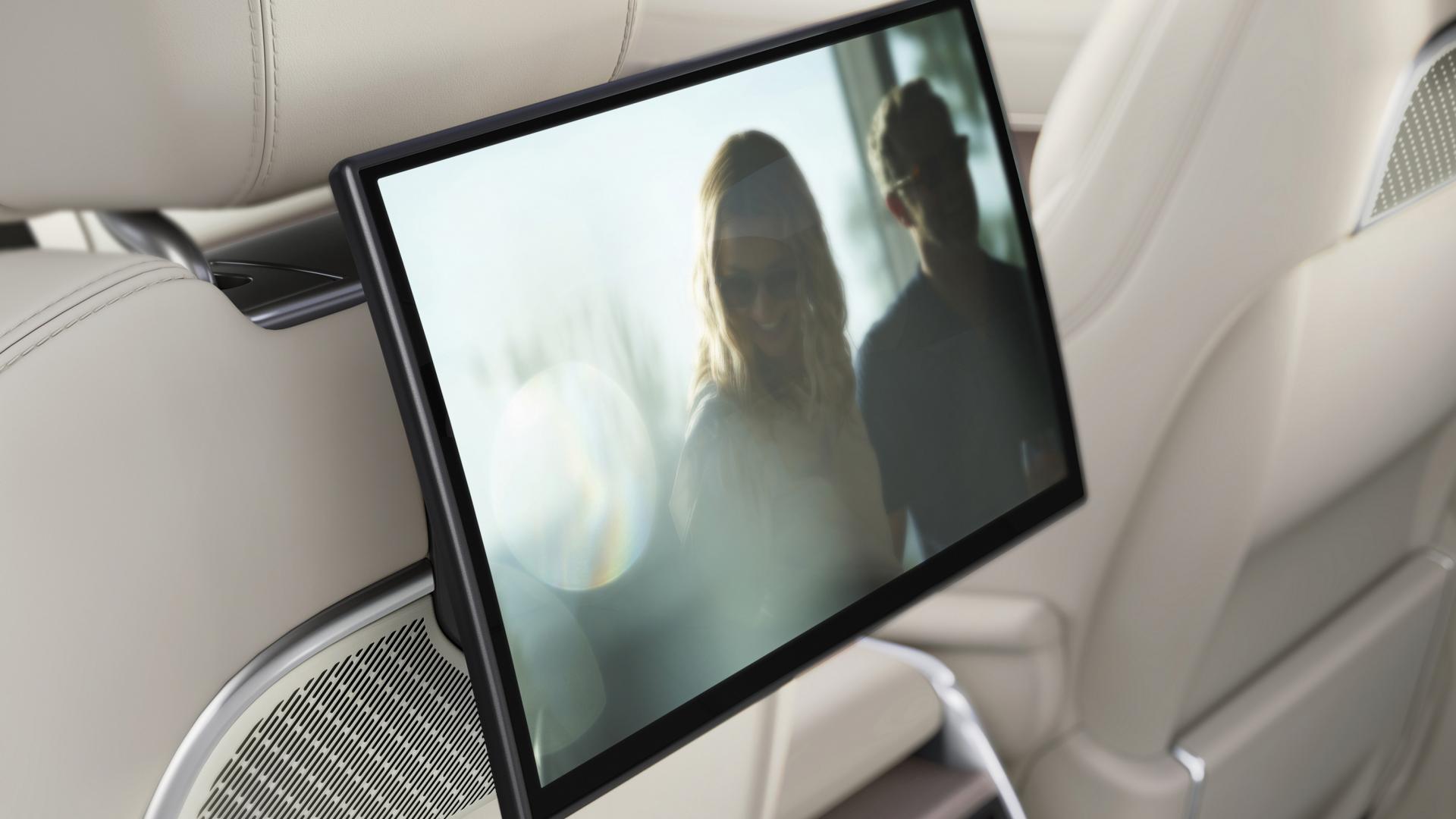
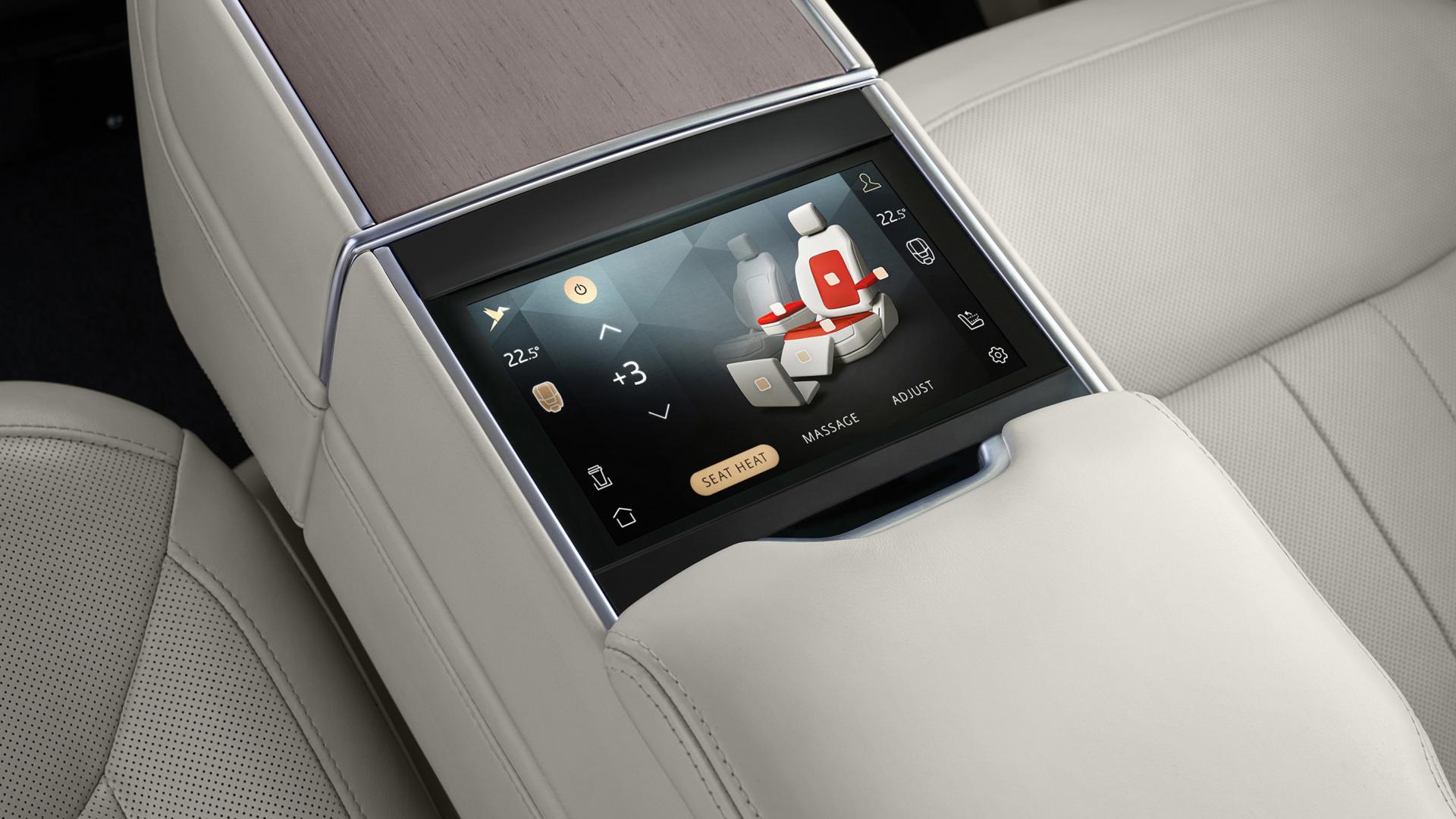
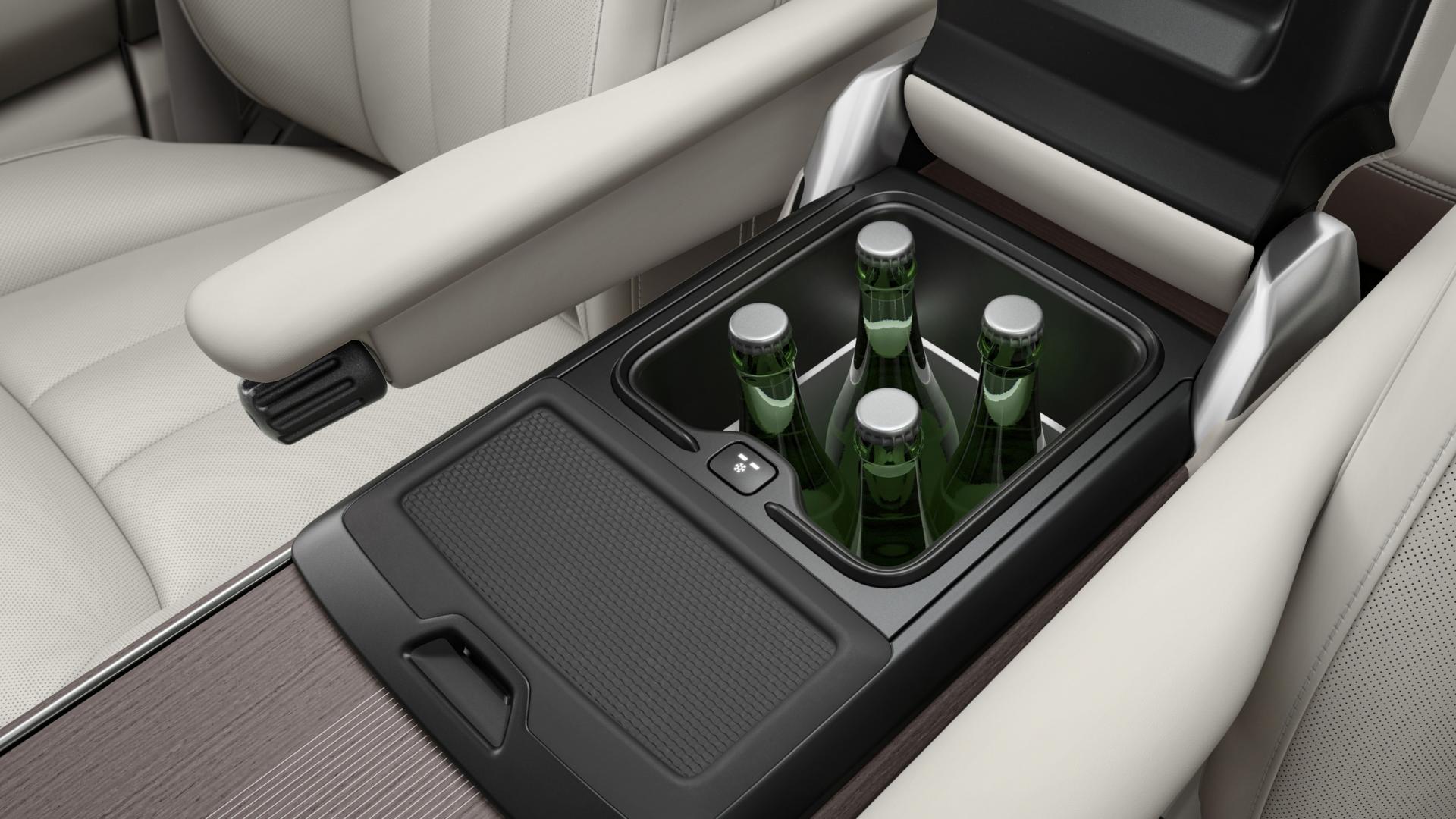
Bong! If you want to do 0-100 in 4.6 seconds you'll be needing the 530bhp V8 4.4-litre twin-turbo unit from BMW. Don't scream. The Range Rover has had many borrowed engines, including from BMW - diesel from 1994, diesel and petrol for a bit from 2002. They even made prototypes with a Munich V12. The V8 has had its intake re-routed for the 900mm wading depth, and has a new sump for driving on 45-degree slopes.
Bong! The new body can be had in two wheelbases, and for the first time it adds the option of seven seats in the longer shell. Adults can sit back there, so now Range Rover has a rival to those huge SUVs they sell in rich and fecund parts of the US, rivals that come both from locals and the Mercedes GLS and BMW X7.
Options for either length body are a normal five-seat layout or a high-lux four-chair. The dash and controls are recognisably Range Rover, but of course – you knew this didn't you – more stuff has moved from actual switchgear to virtual on-screen buttons.
Bong! For the first time, there's four-wheel steering, and it's standard. Expect the usual benefits: tighter turning circle, better low-speed agility and also high-speed stability.
The chassis systems use navigation data to prime themselves for upcoming bends. One signal controller looks after all of the adaptive chassis domains: 4WS, adaptive damping, air springs, controllable centre diff, and 48-volt controllable anti-roll. Must be an egg-head's task writing that code.
OK, so the takeout from all this is that while so much is new, but of course this is still absolutely a Range Rover. The coming EV version is just moving with the times, and the seven-seater is just a response to competition. Because even a car with no competition has competition.
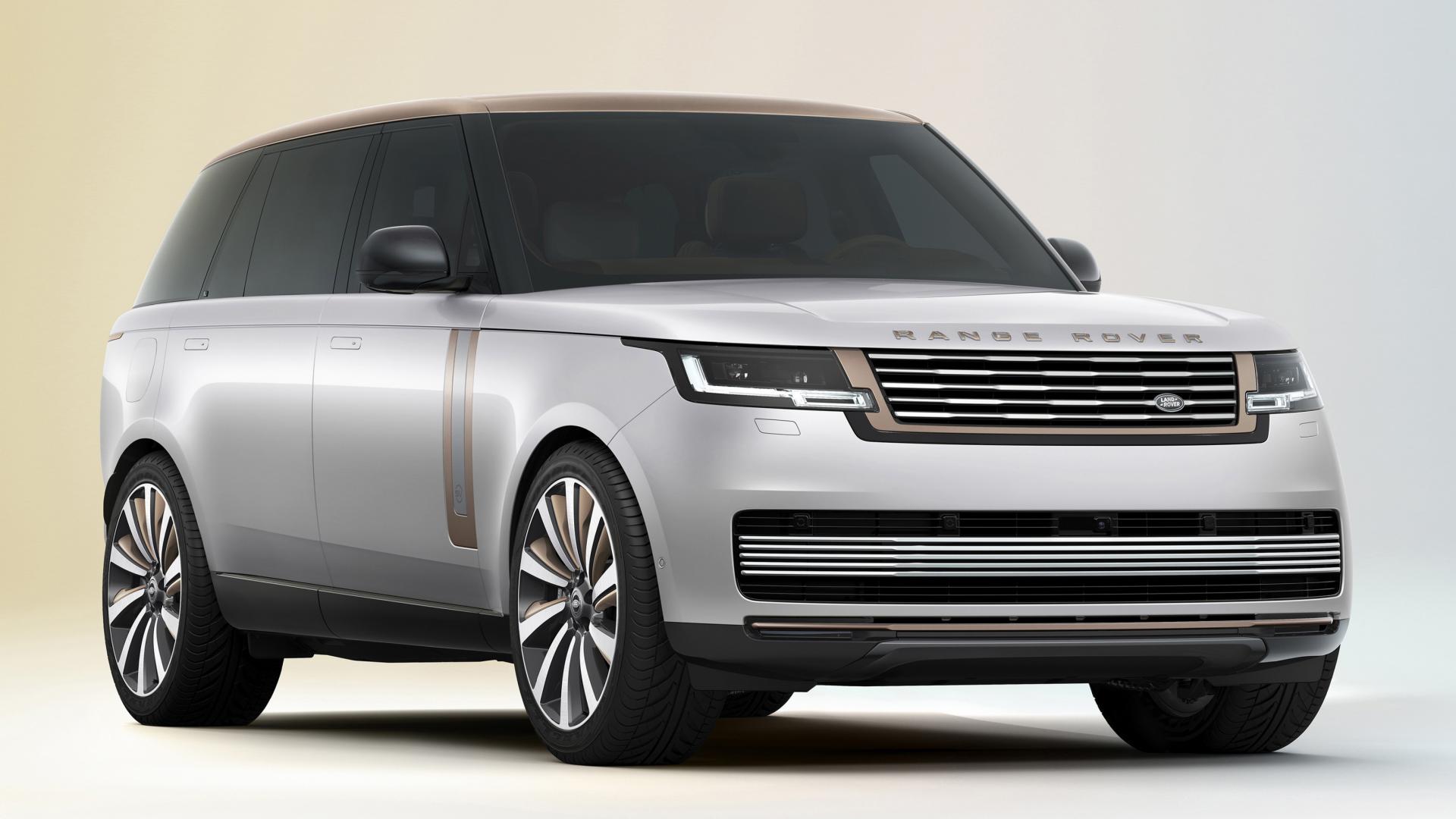
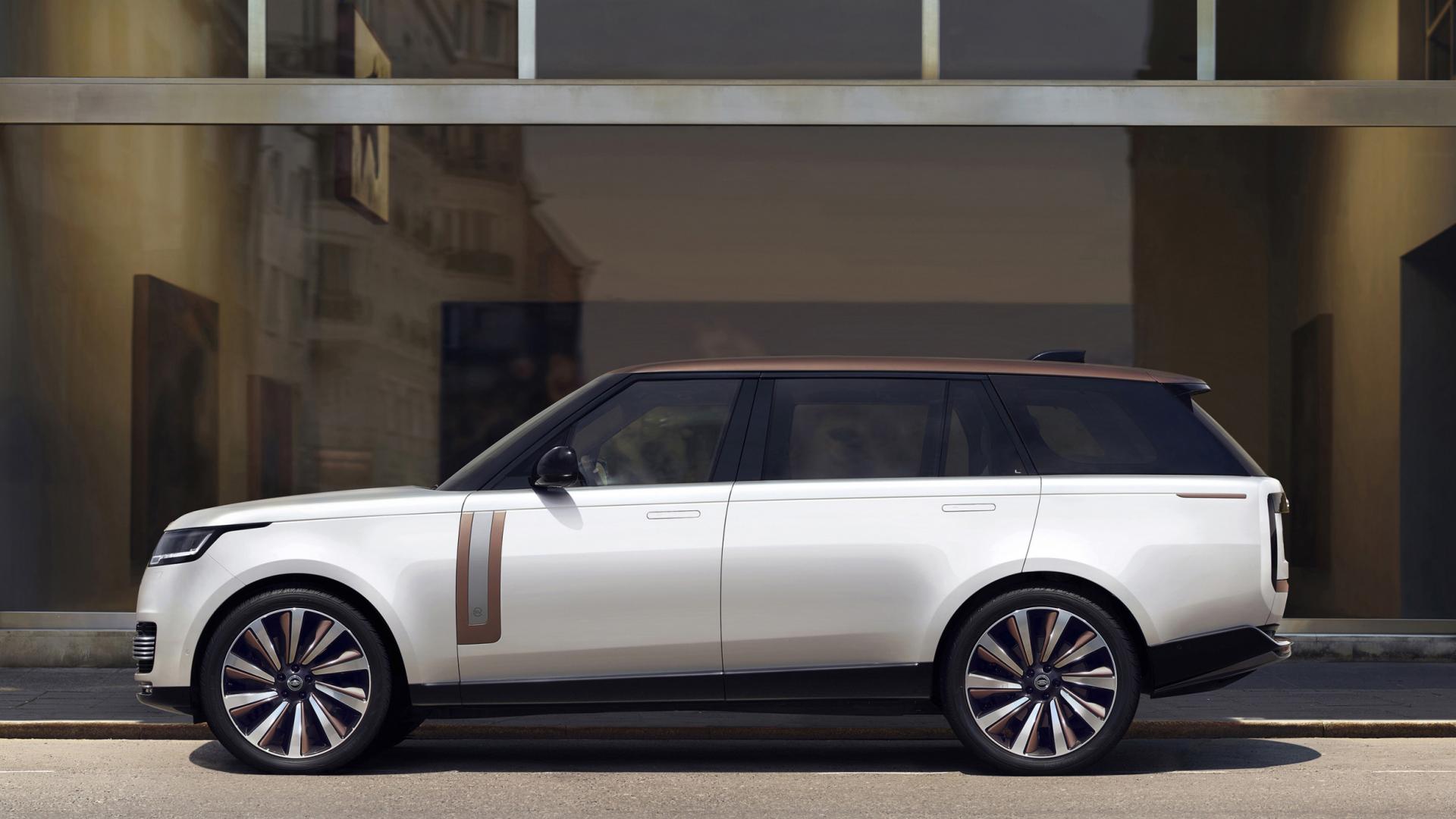
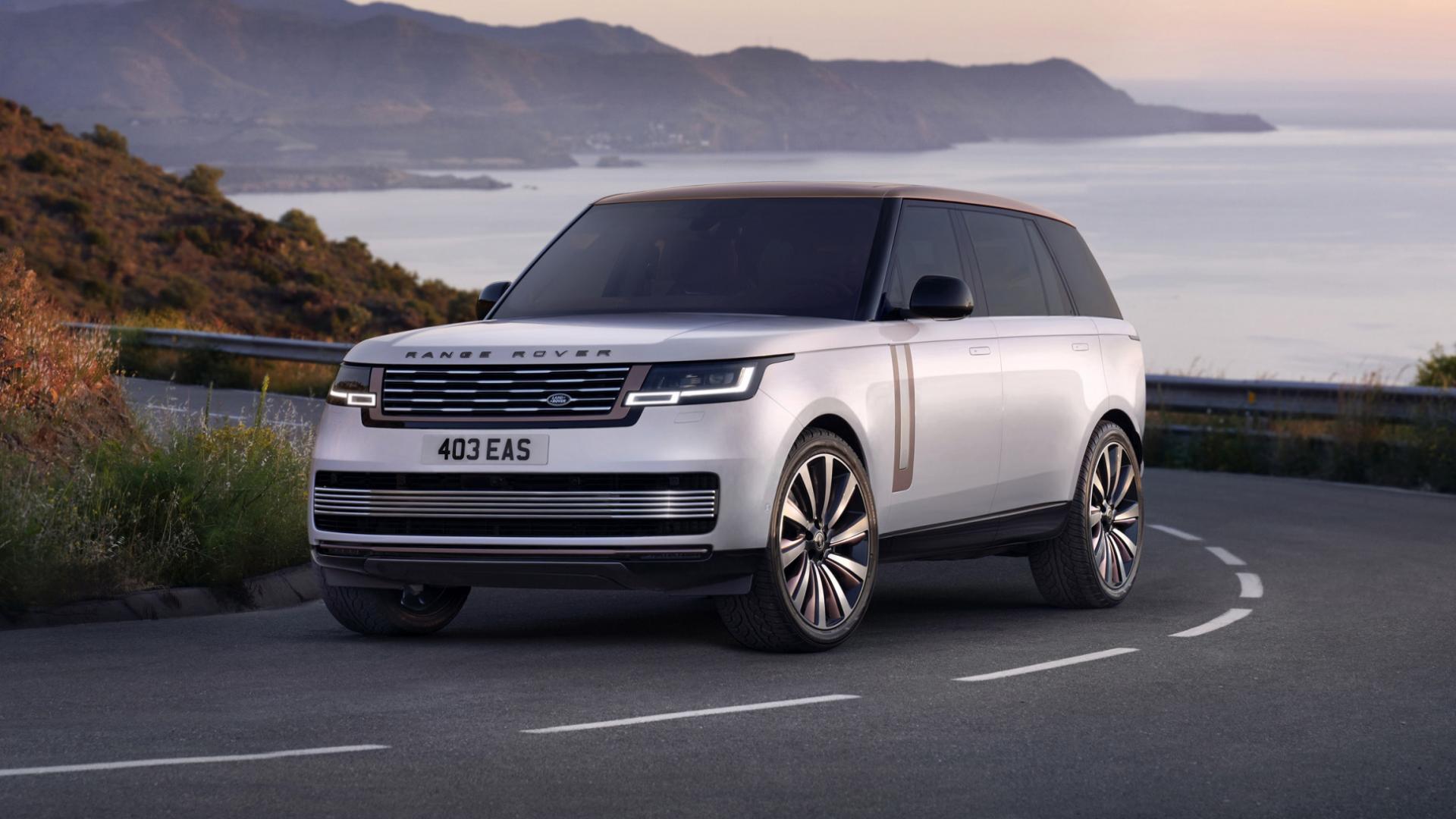
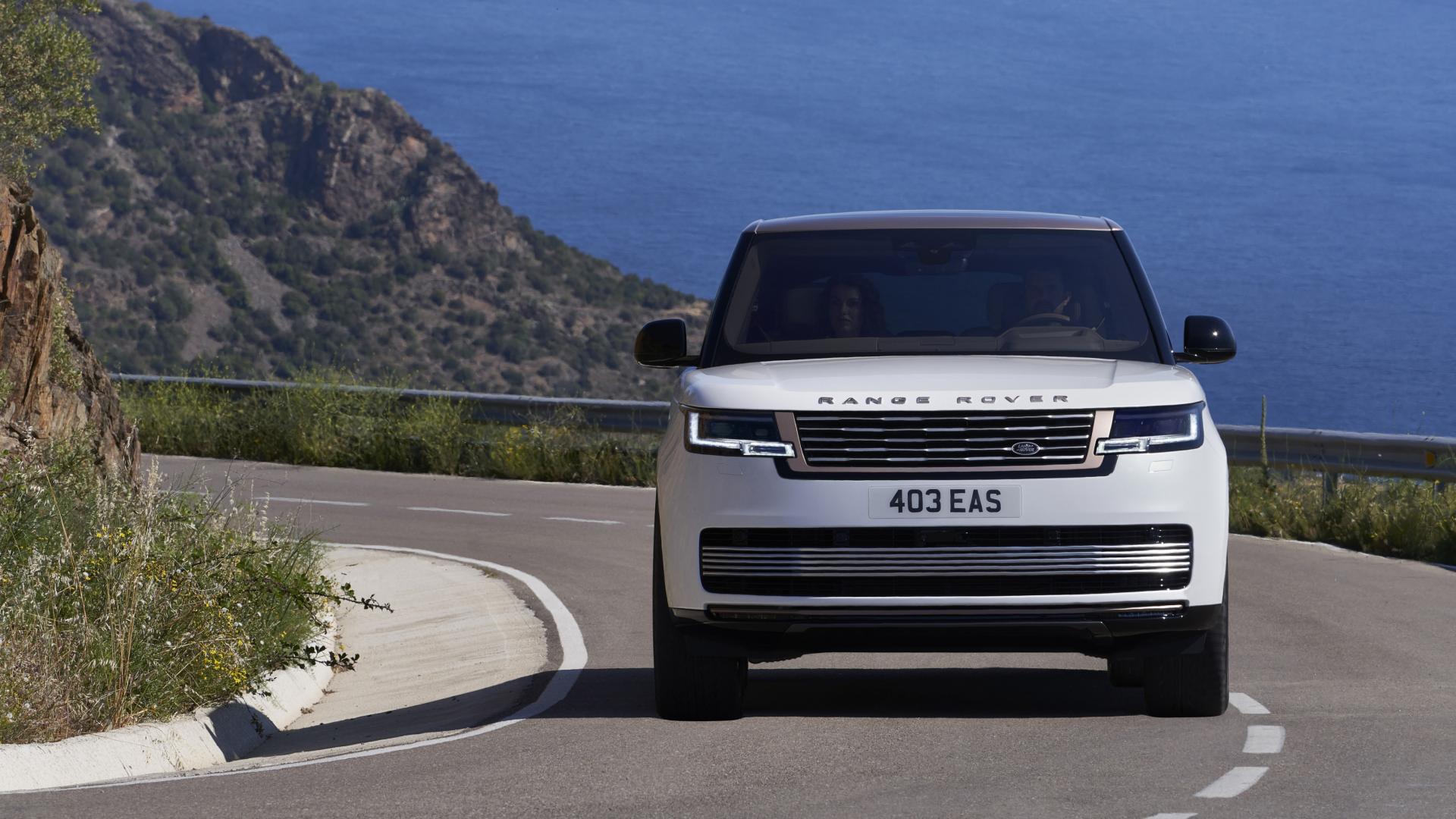
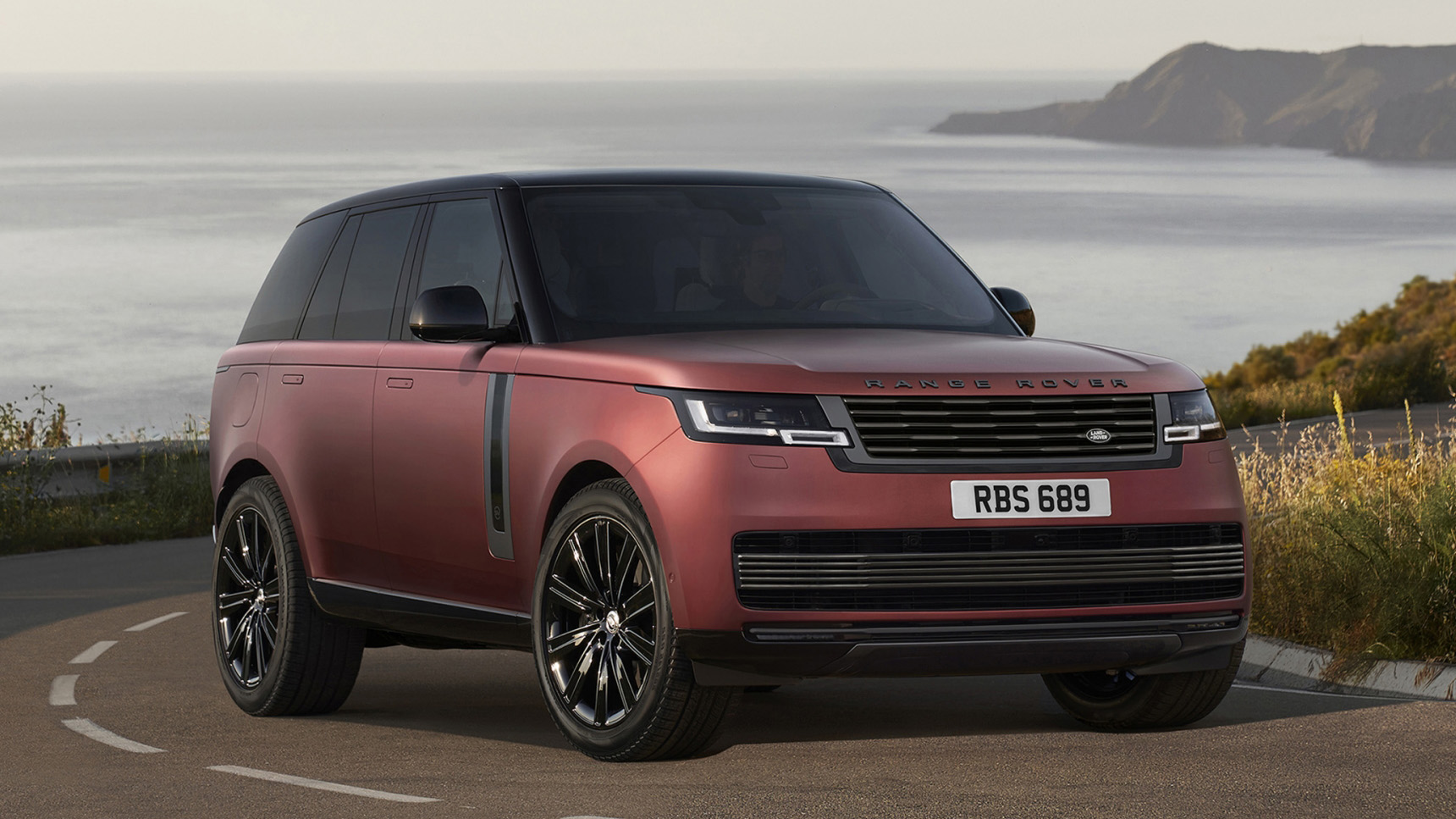
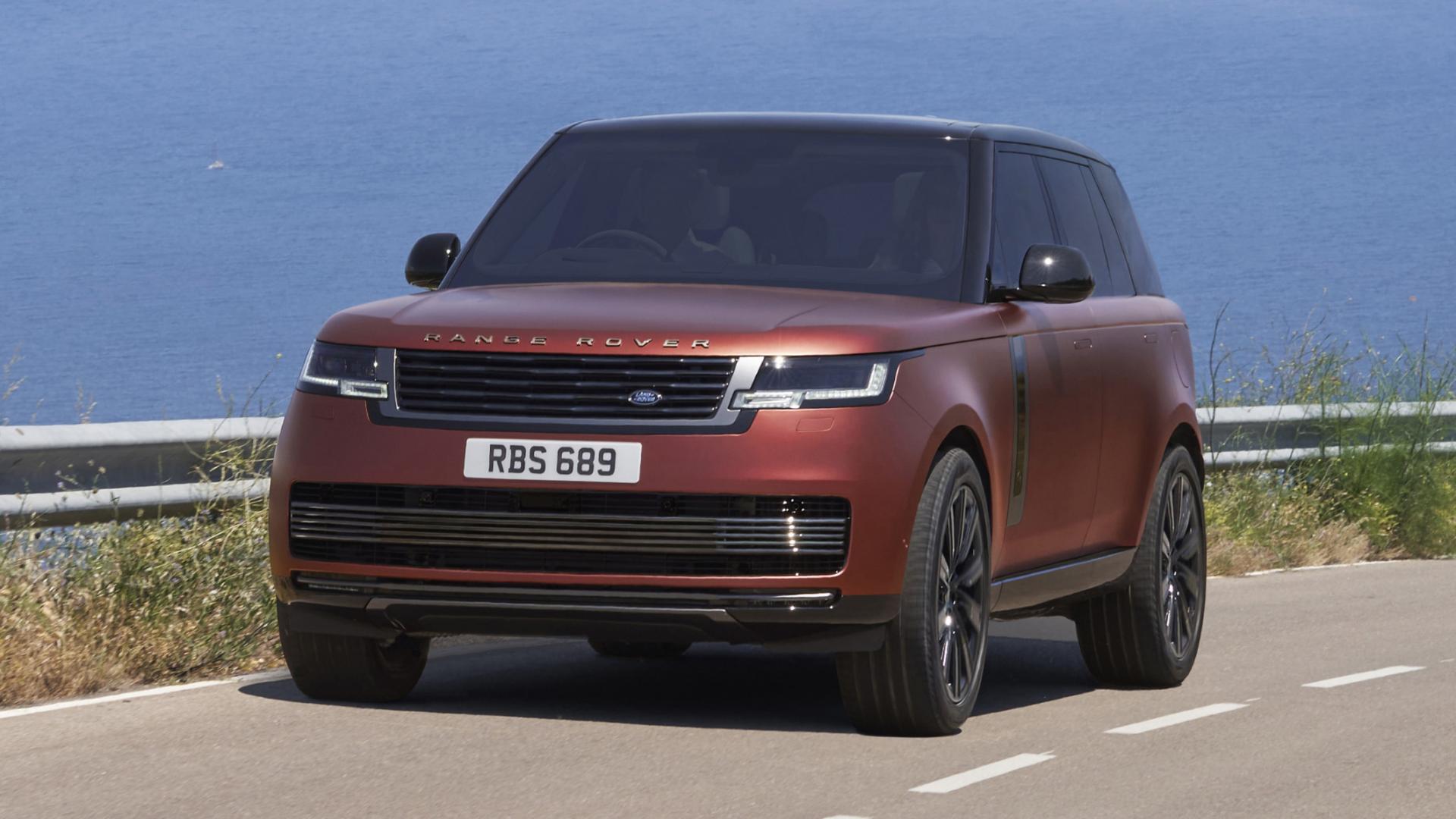
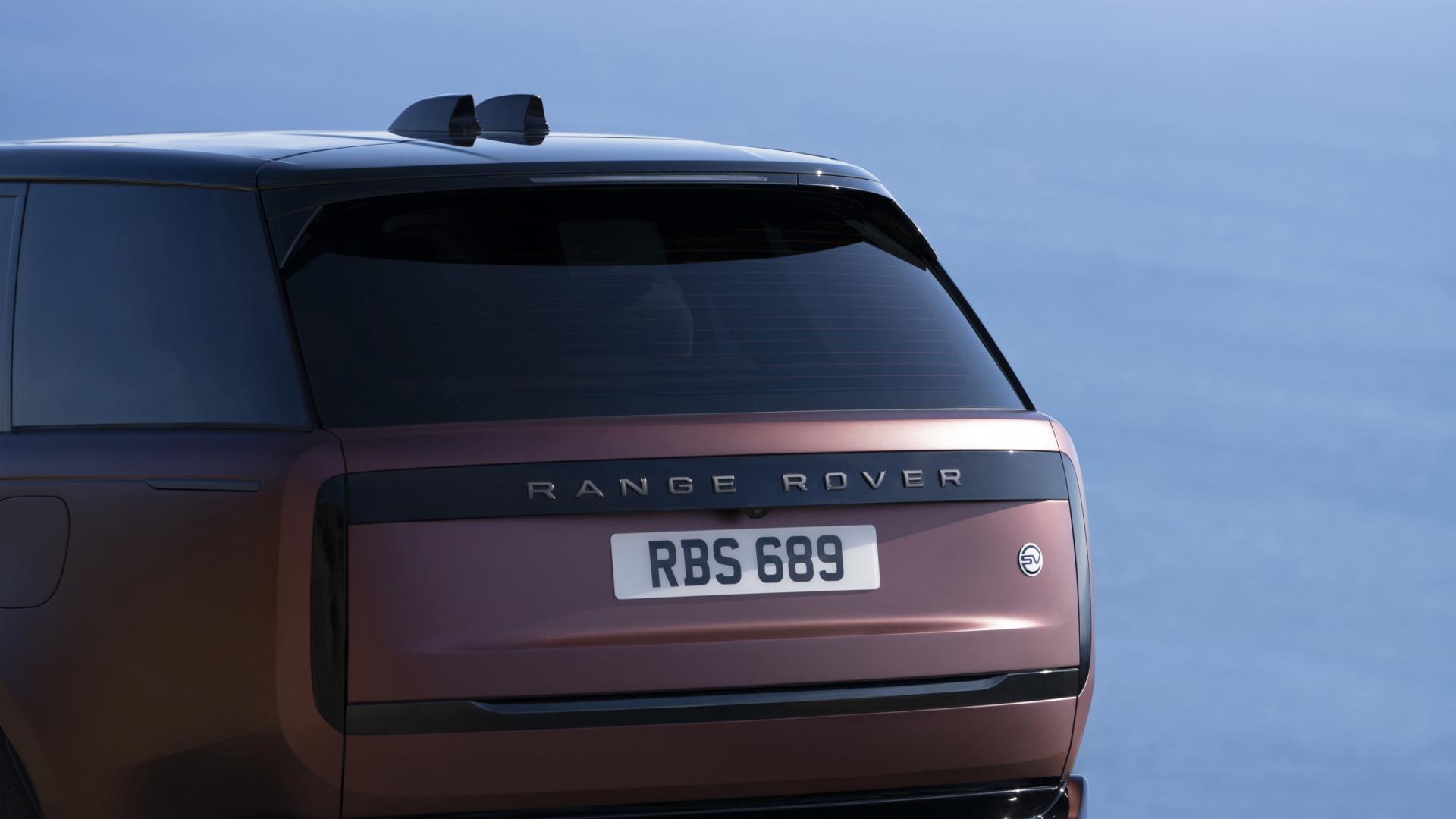
We haven't driven it so we have to take on trust the promises of better refinement, economy and driver appeal. But we've looked at it and sat in it, and the sense of confident evolution is palpable. It also leans into the phenomenon that has been visible on the Range Rover since the 1970s: every time an expensive new version comes along, it becomes a mainstay of the range.
This time the expensive version is called SV. It has been given its own bumper and grille designs, and its own cabin trim. In fact SV is a whole lineup, not a single model. It's a complicated palette of options rather than a single trim level, but it culminates in a pair of 24-way adjustable massage rear seats, separated by a full-length console incorporating fridge, and a motorised fold-out table sitting on a 3D-printed aluminium arm.
Each back-seat passenger gets a big screen, and even the cup-holders are motorised. The wood is lovely parquet-style marquetry, and some very smart cloth trims are on the menu. They're as expensive as leather but more sustainable apparently, because of course you care deeply about the carbon footprint of the seat trim in your two-and-a-half tonne SUV.
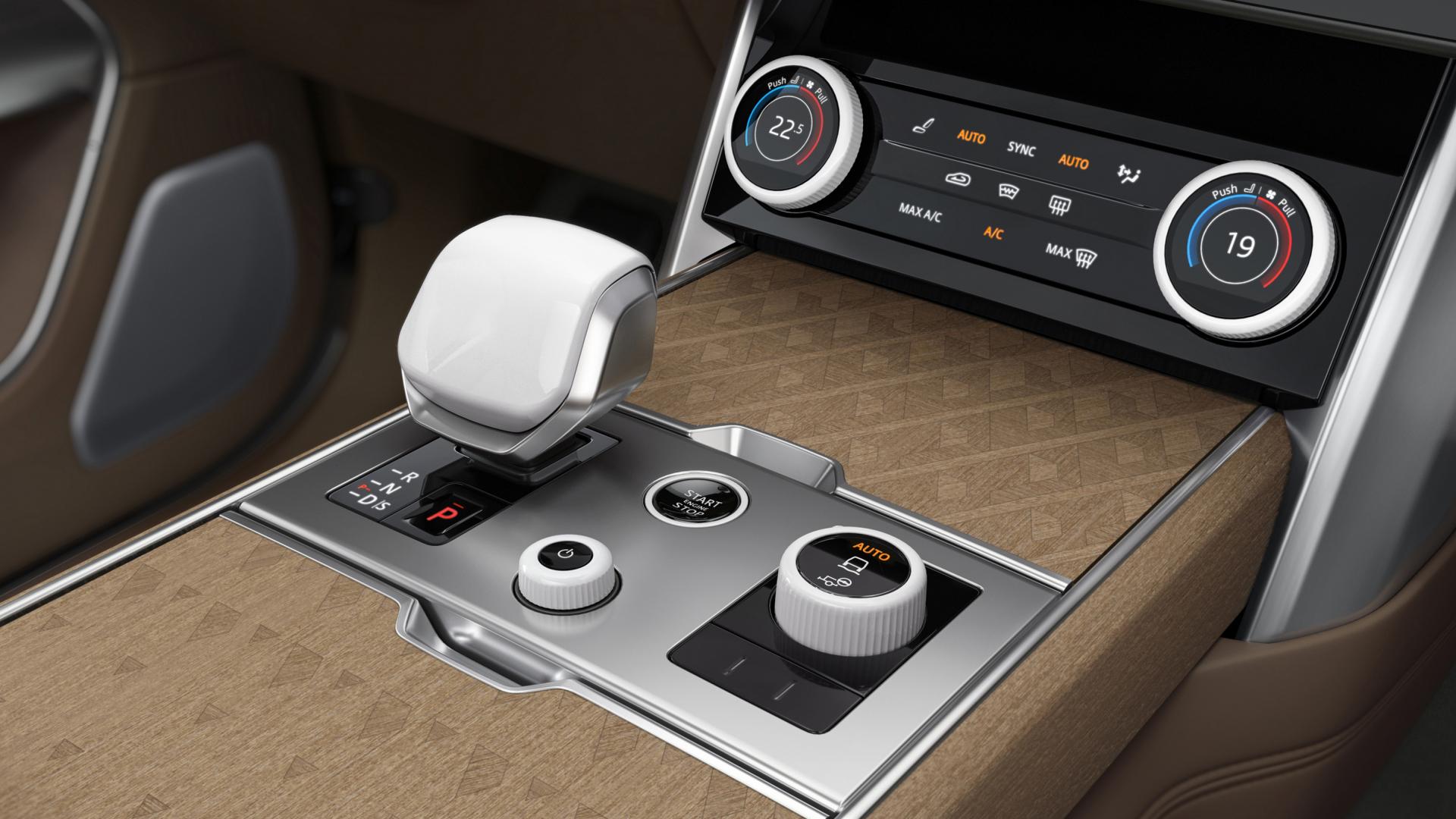
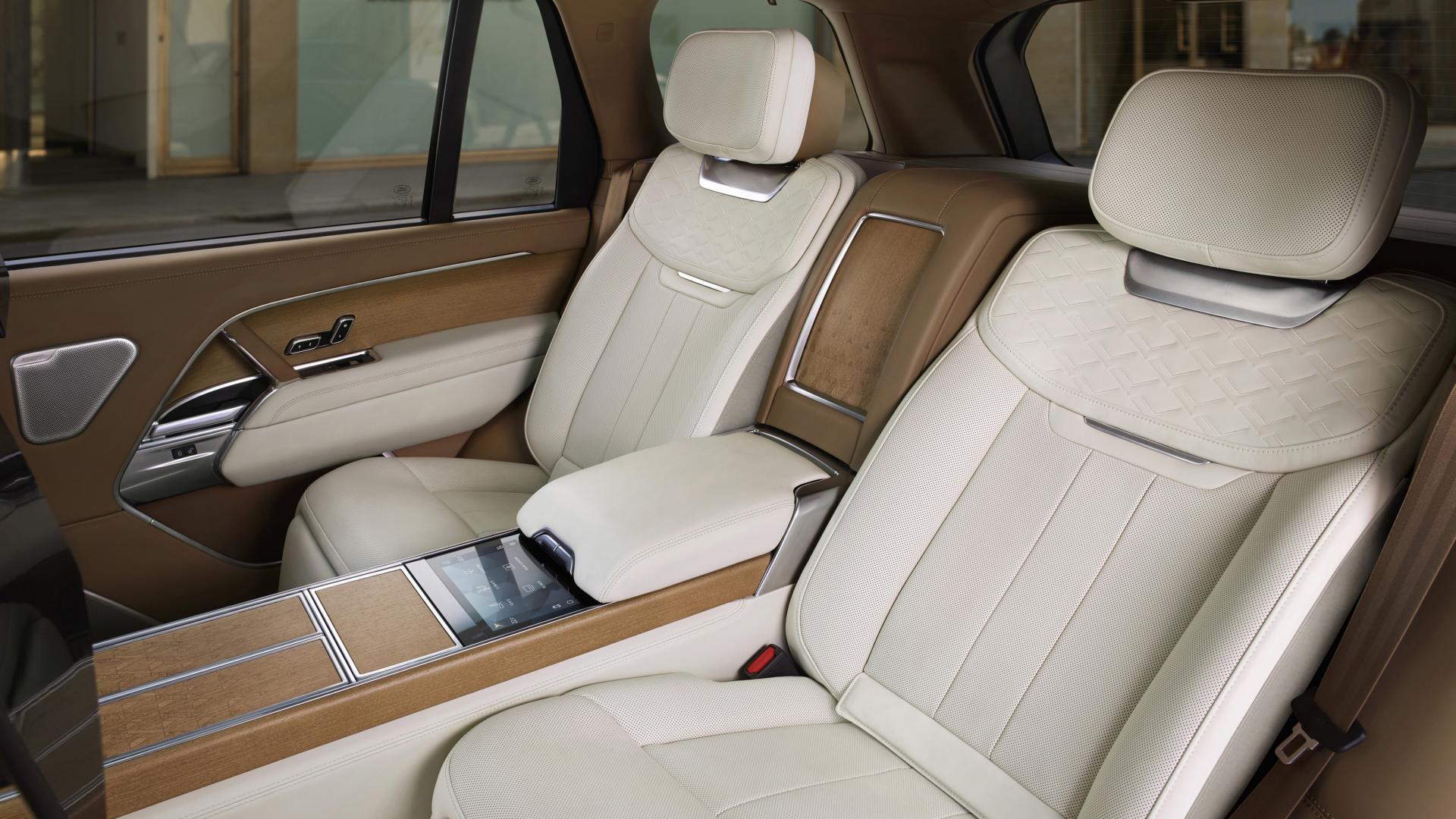
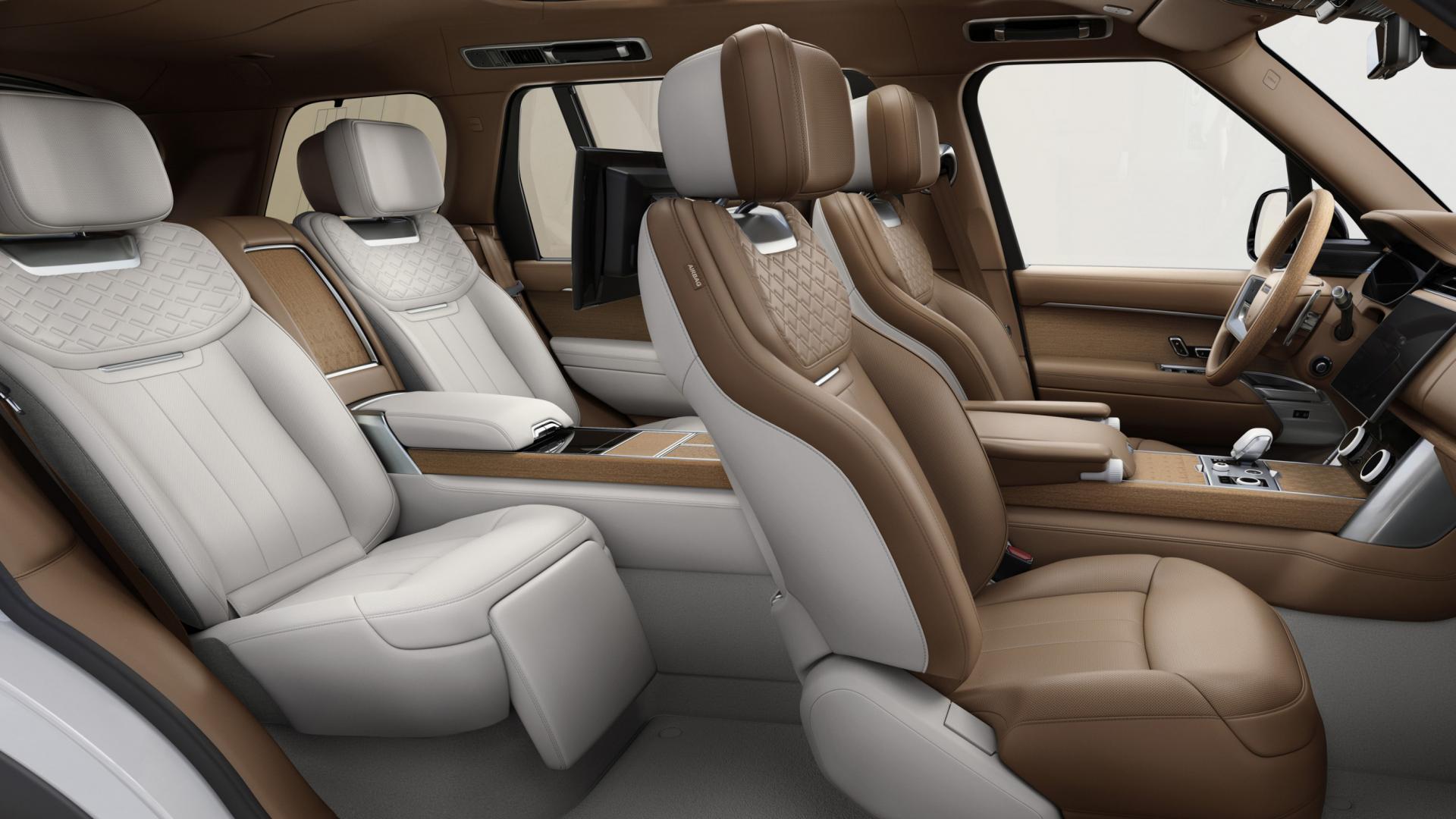
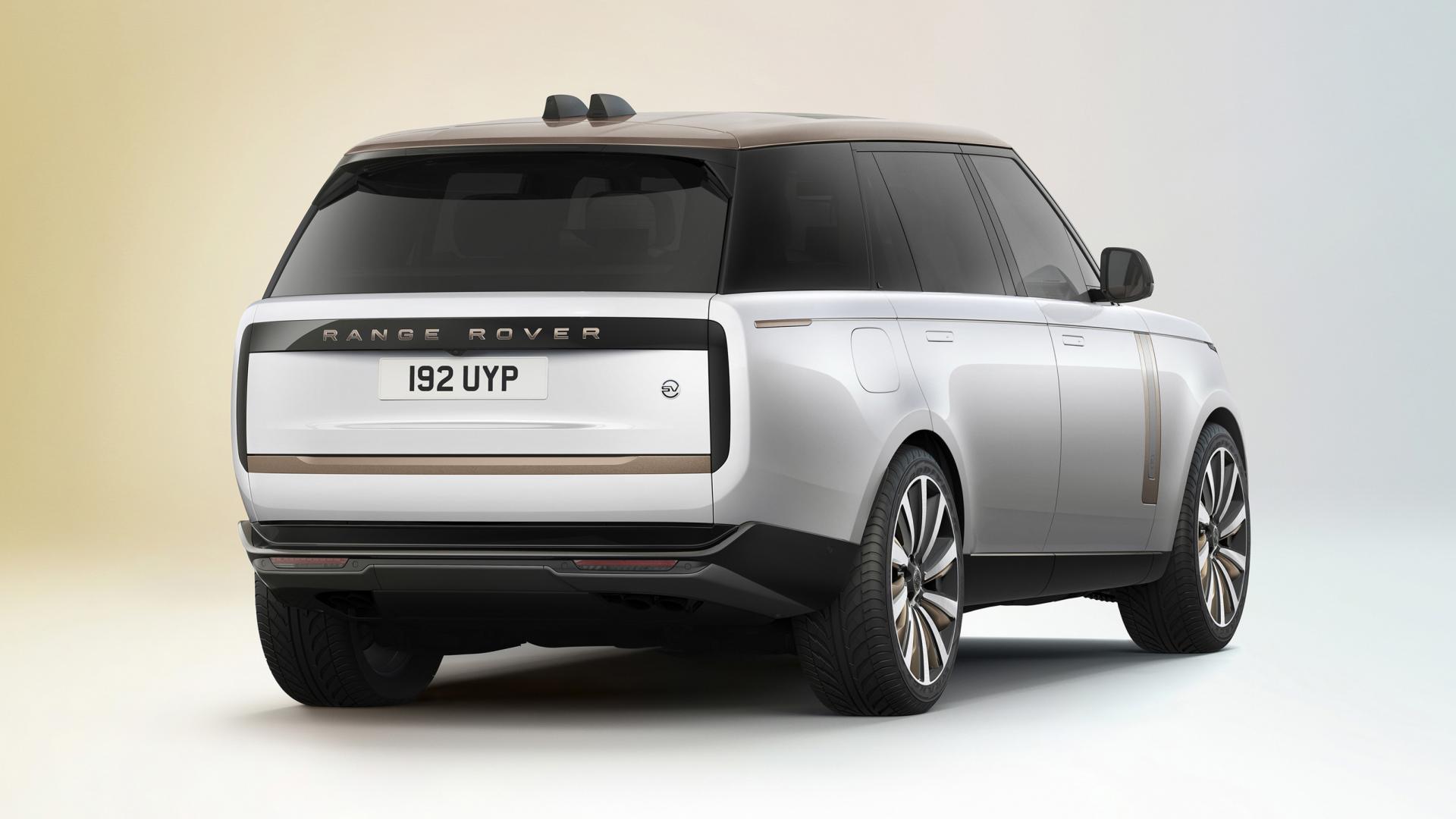
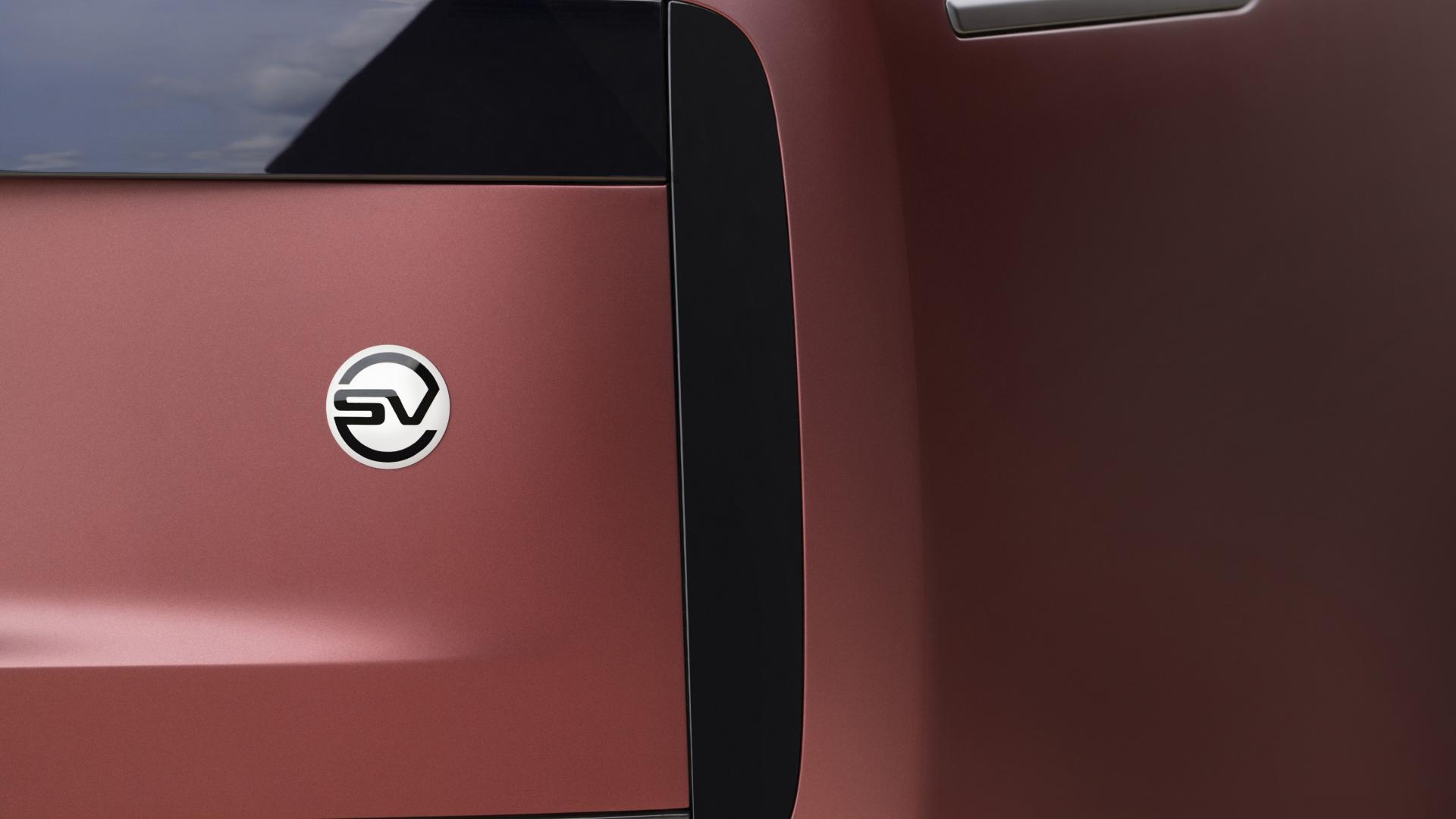
All this ritzy trim doesn't feel out of place as the entire Range Rover cabin has been improved, commensurate with the nine years that have passed since the current one arrived. The main screen is curved, and features haptic clicky feedback. It stands clear of the fascia as is the modern way, yet the vents have stepped back into a single horizontal line, cleaning up the design.
The bottom-hinged tailgate section has an optional 'event suite', aka cushions and a backrest so you can comfortably sit on it, plus spotlights and speakers in the upper tailgate. Talking of speakers, the front and two outer rear seats get little speakers in the headrests, for active noise cancellation.
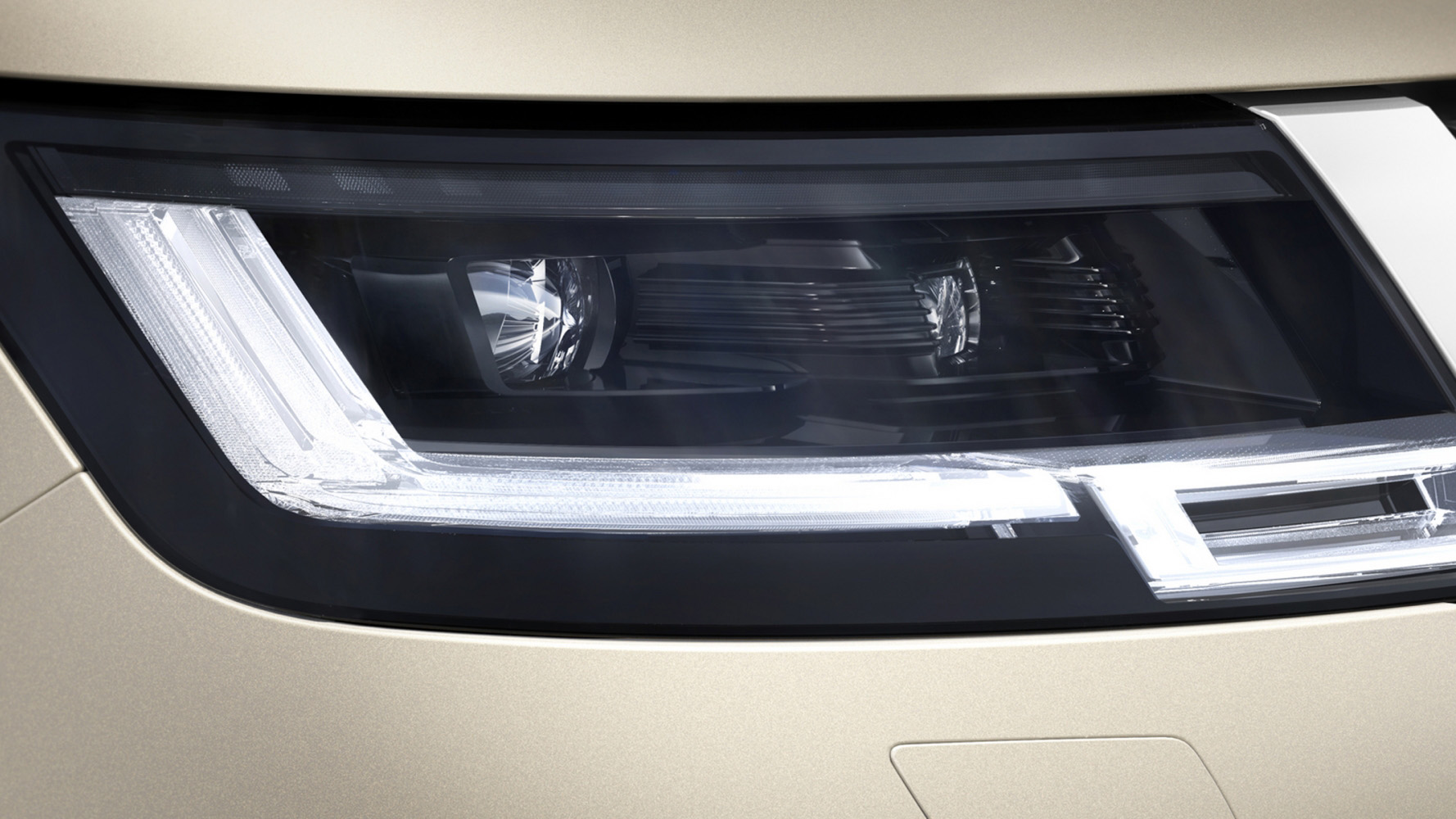

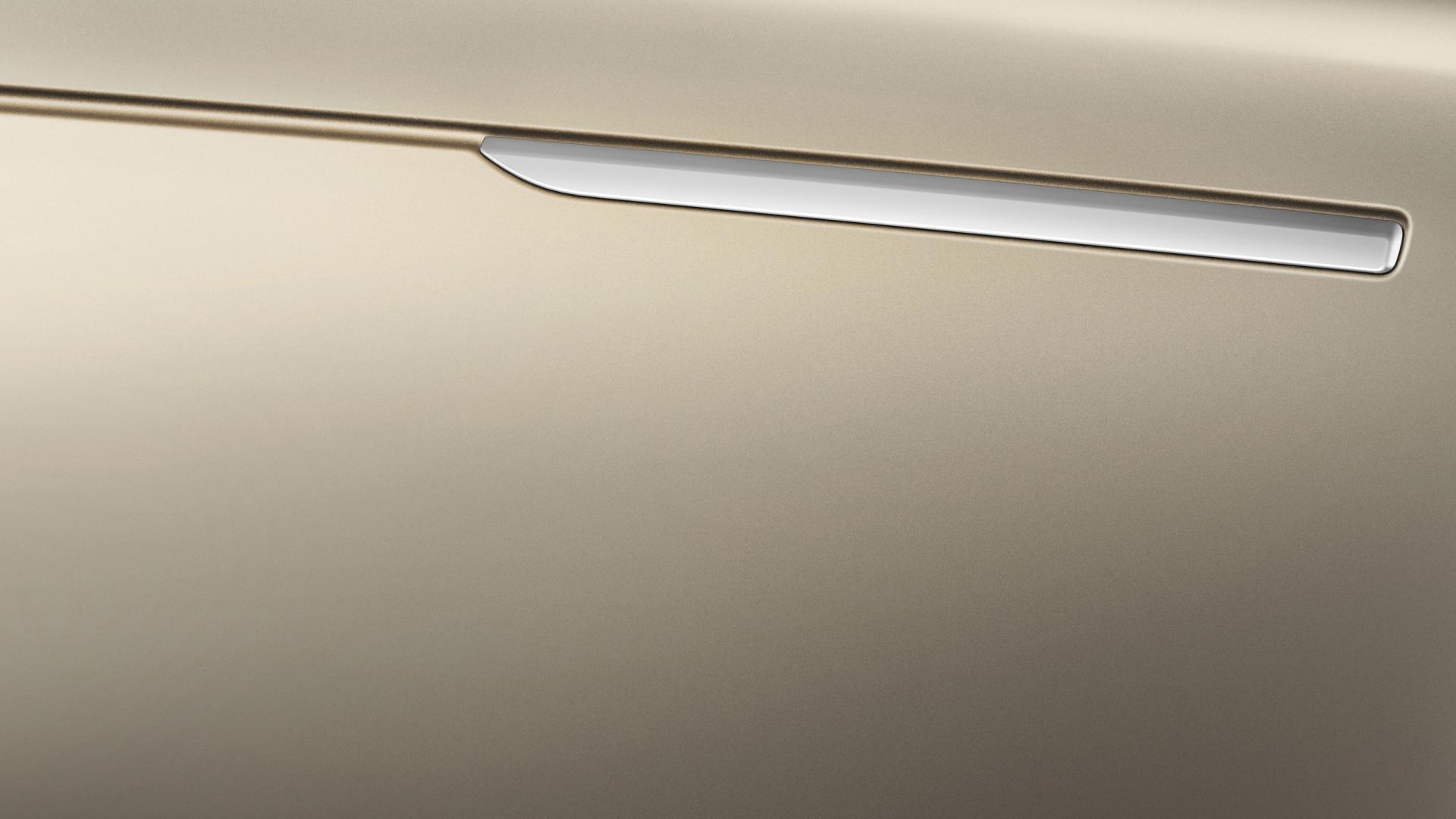
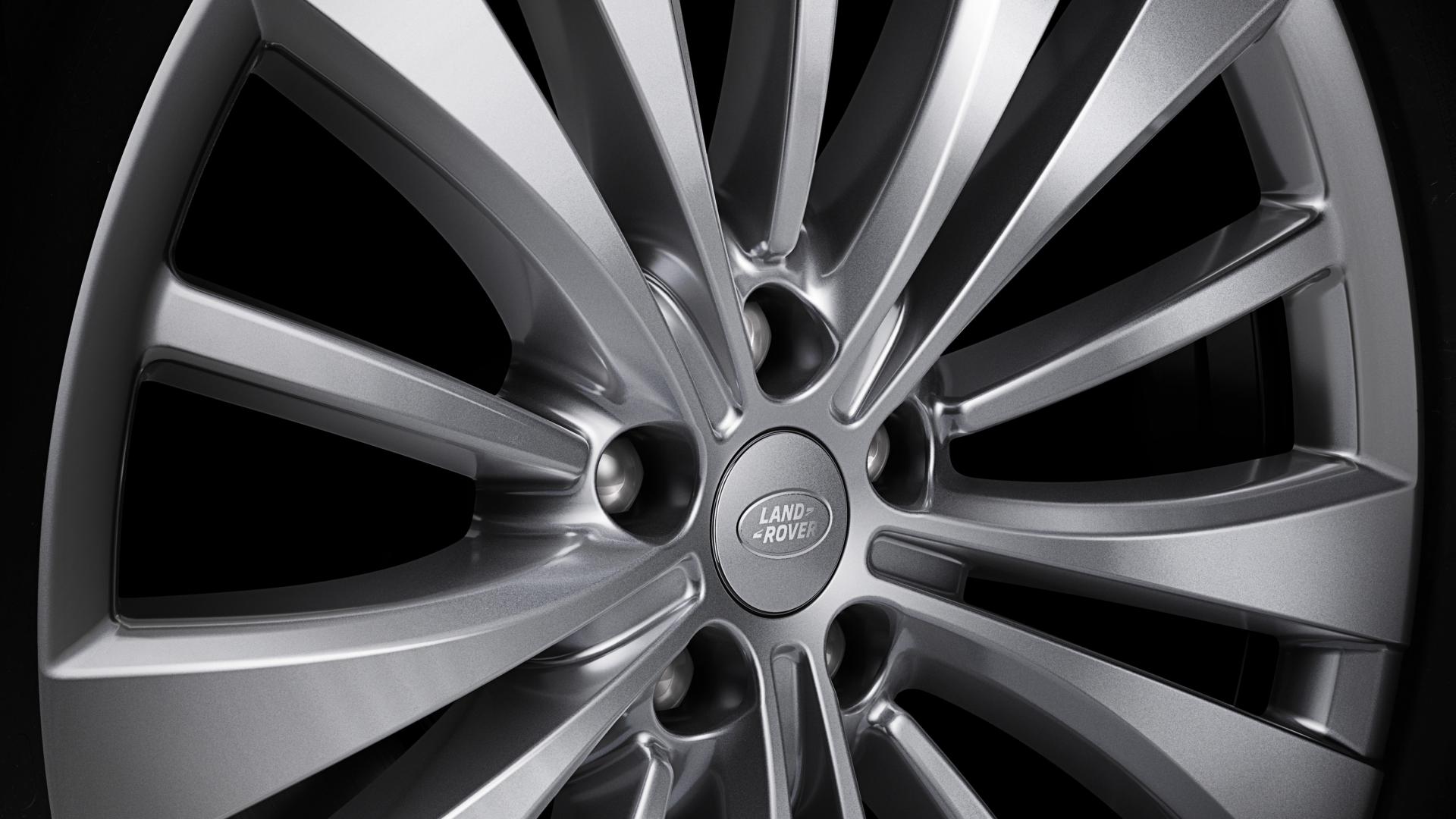
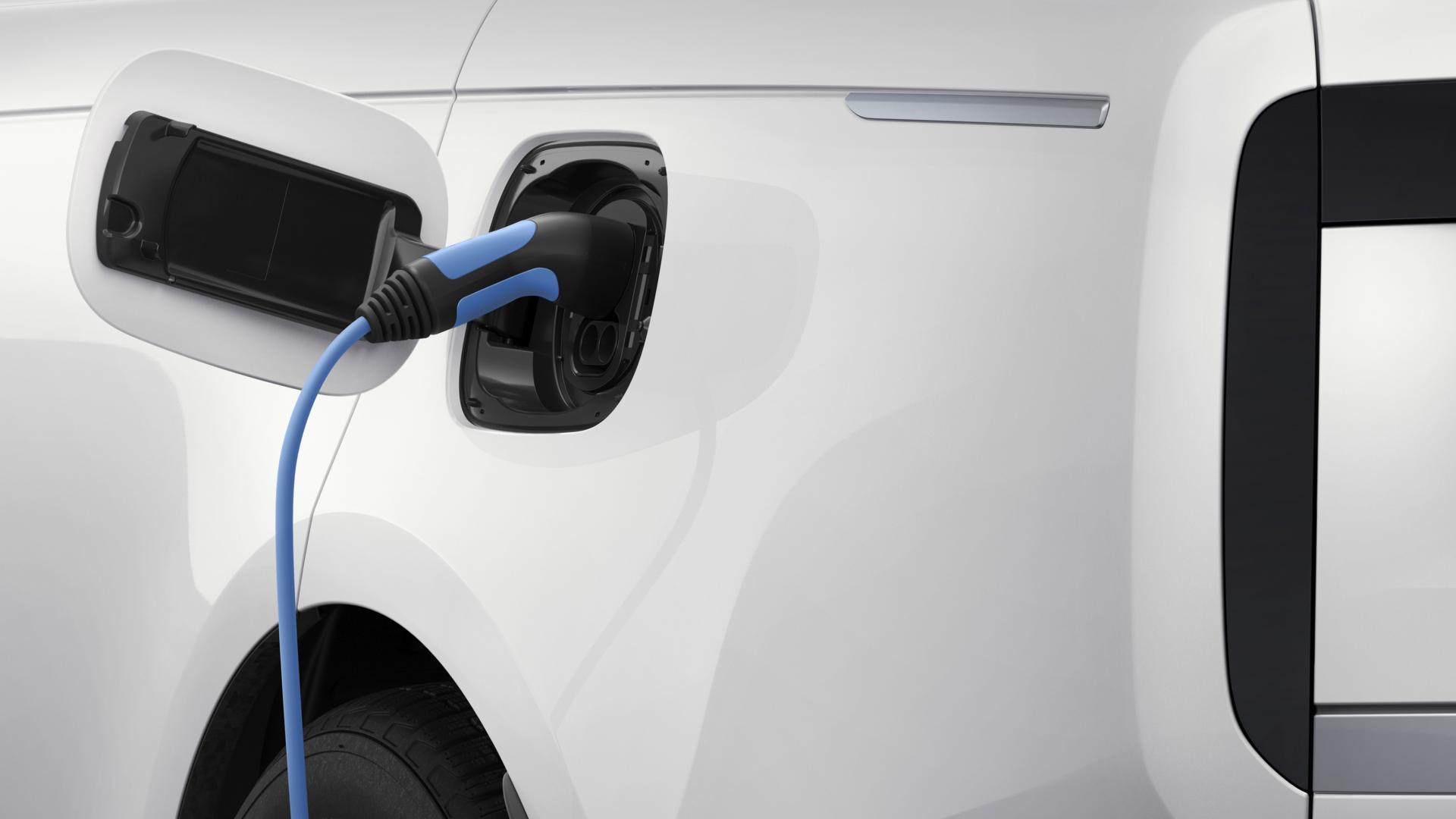
Right, so I promised you a tour of the nerdy body engineering that enables such a clean design. For a start, the panel accuracy has improved. Designers obsess over this, even though it seems from outside their world to be crushingly dull. Yet narrower panel gaps do subconsciously improve the impression of quality.
Especially so in the Range Rover because all along the side of the car is a v-groove that extends from the closing line of the bonnet against the wing. That bonnet shut-line is half the width it was, so the rest of that pressed line can also be half as wide. It looks more precise, but you don't see why unless it's pointed out to you.
The roof has far fewer visible joints than before. You can't see them because they've adopted new welding techniques. And there we were, thinking welding was a bit, well, dull. The windows are all flush too now. Note how the rearmost side-glass jointlessly covers the pillar. And how there's a little gazed triangle neatly integrated ahead of the door mirror. It helps visibility from inside, but is barely visible from outside. A boring detail that excitingly elevates the whole.
Glazing channels – I bet that's the first thing you think about when you see a new car. So thrilling. Well, see those side windows? There's no visible finisher between them and the doors' bodywork. No chrome rail hiding a rubber lip that stops water going down inside the door.
It's all hidden now. That must have been tricky, I say to a designer, what with all the muck and sand that theoretically might (but seldom do) coat a Range Rover's glass. He avers the body engineers 'love a challenge', clearly meaning that they found the designers a right pain in the backside on this matter.
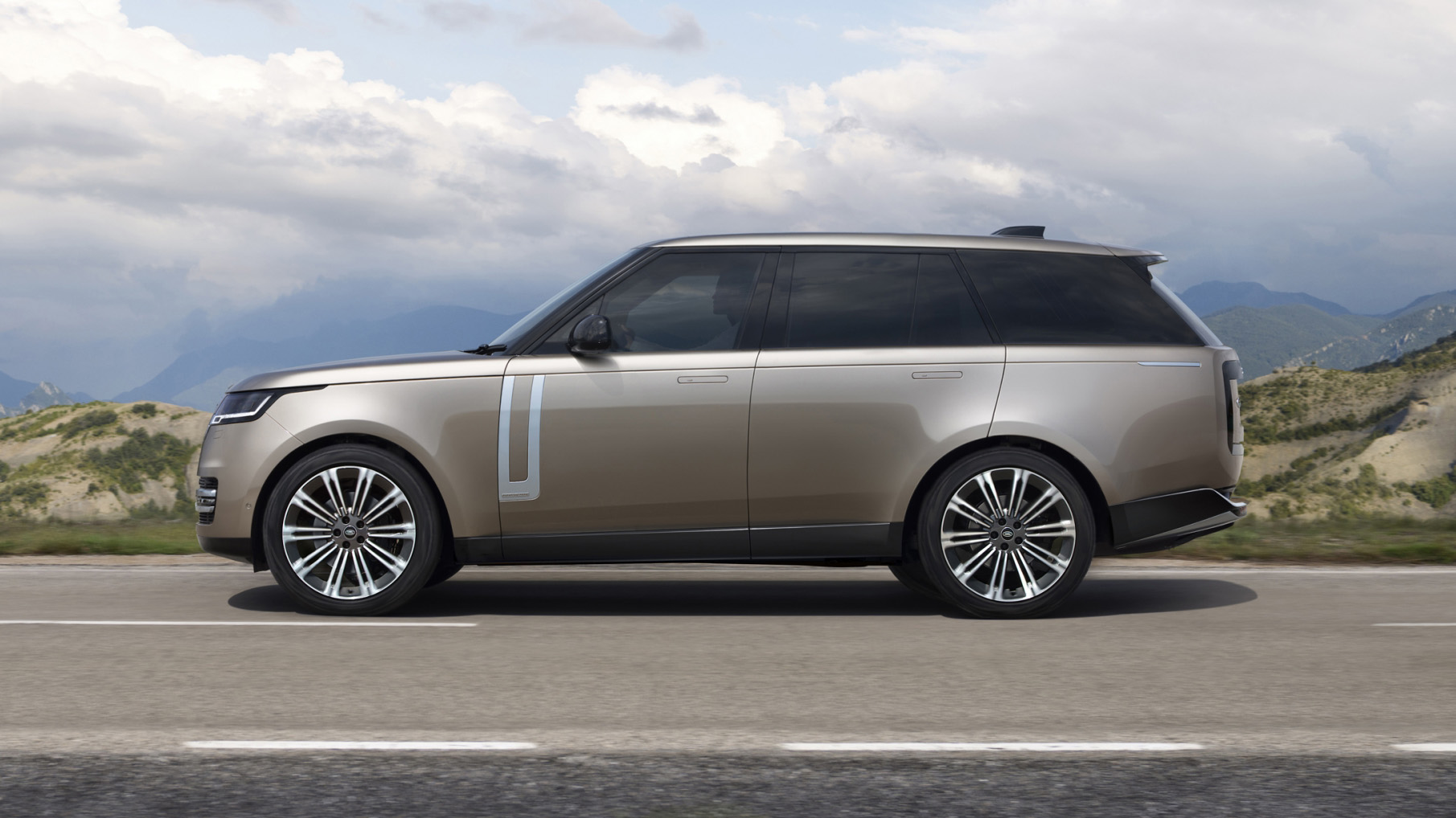
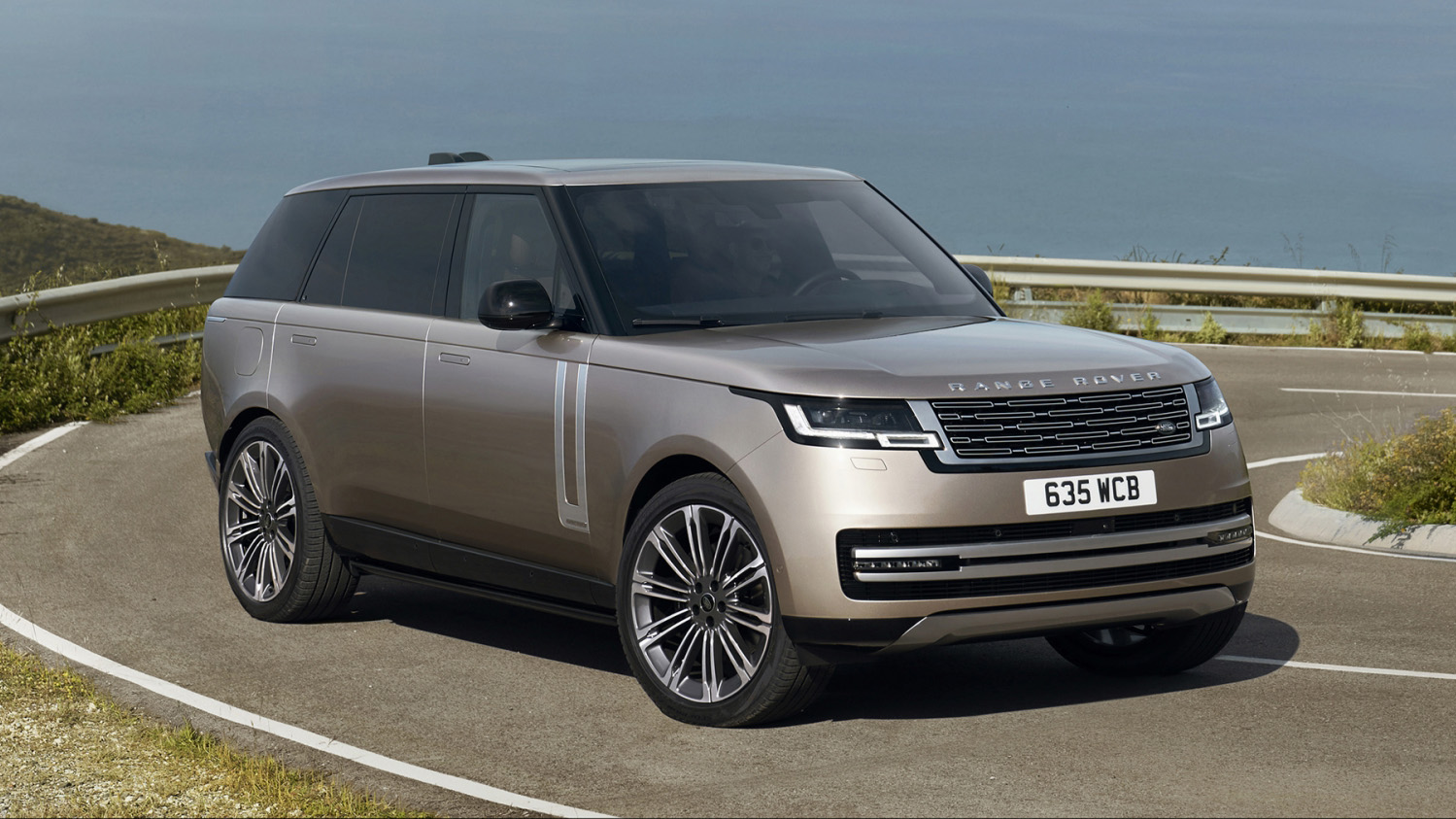
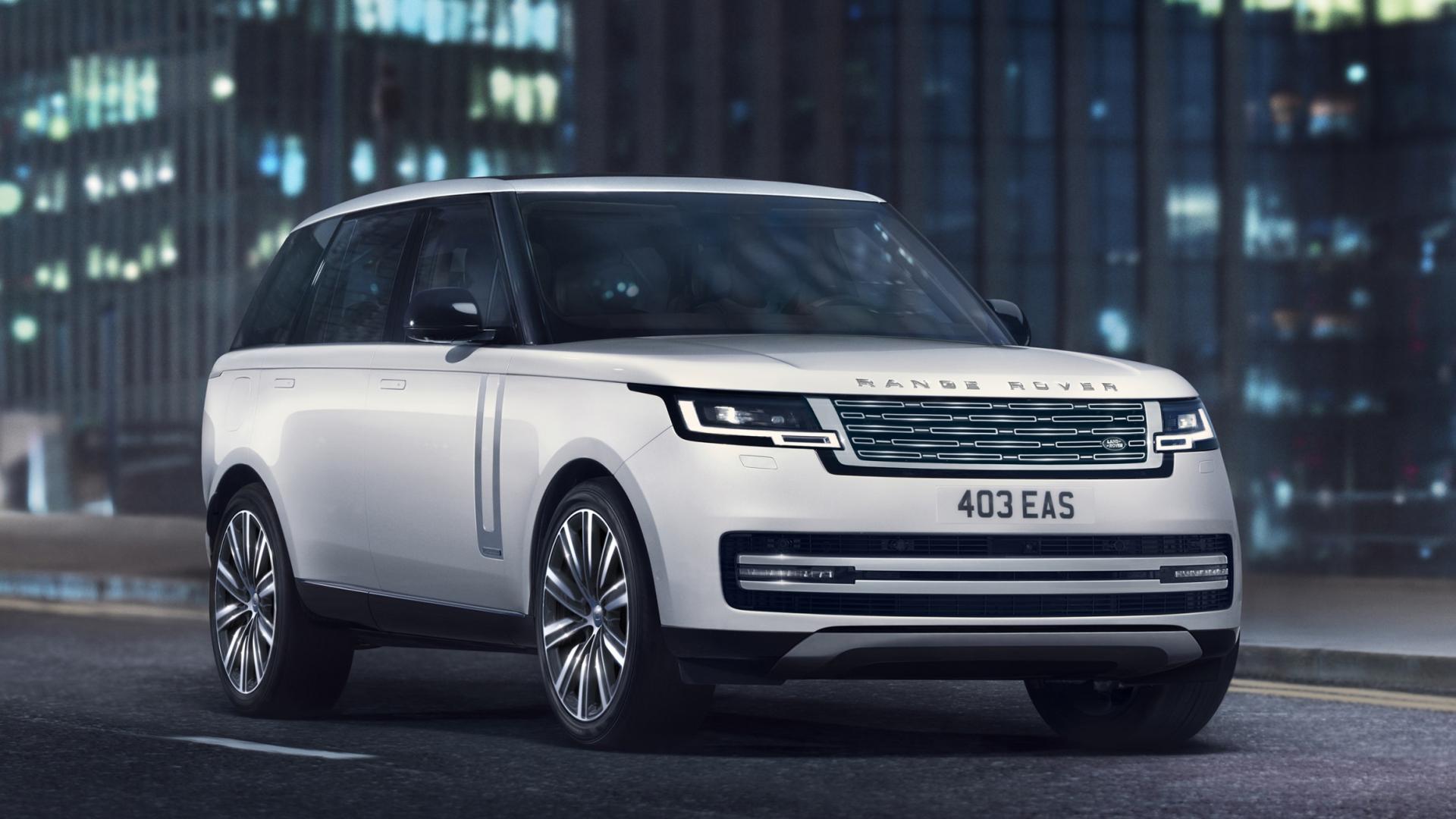
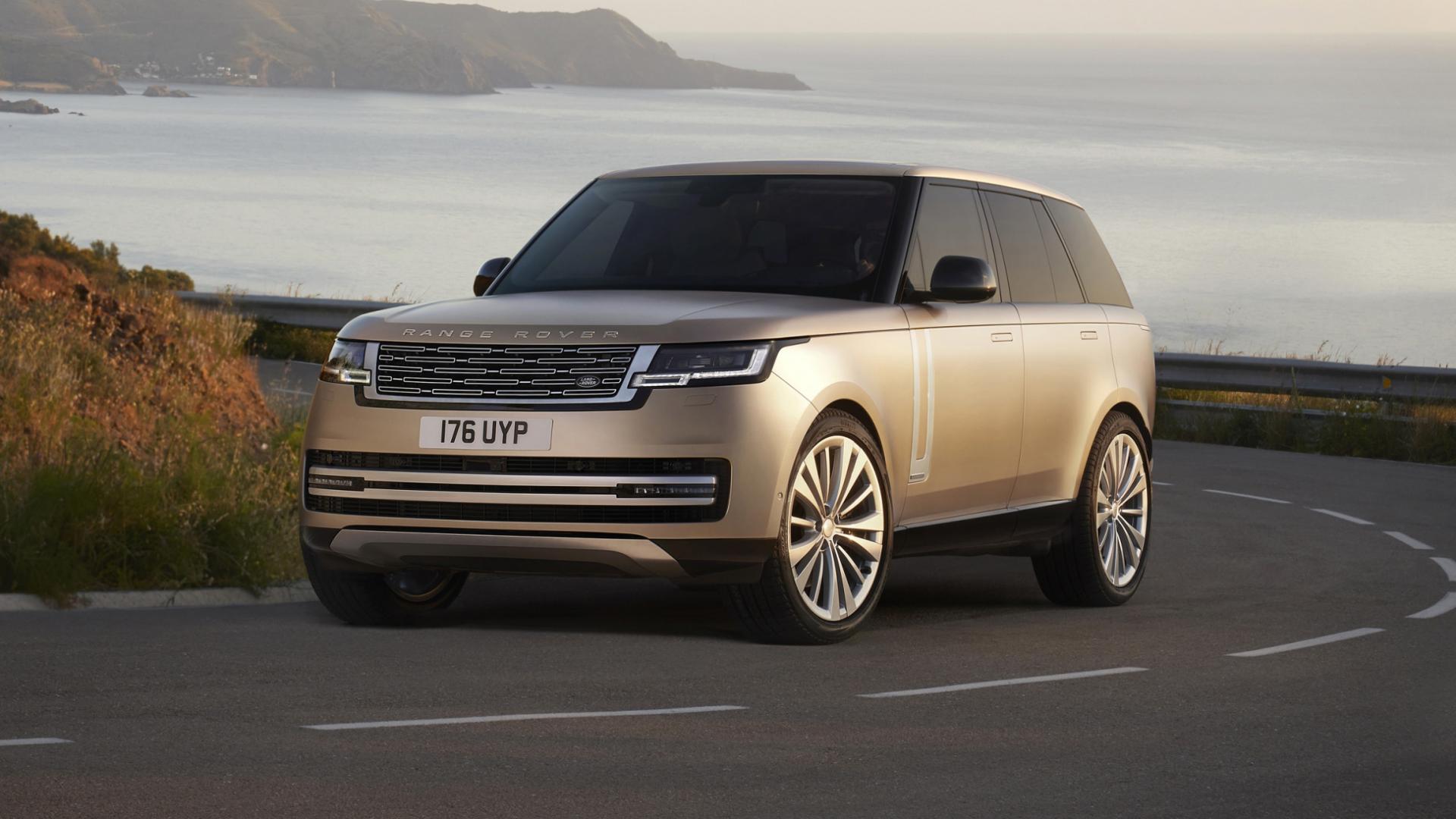
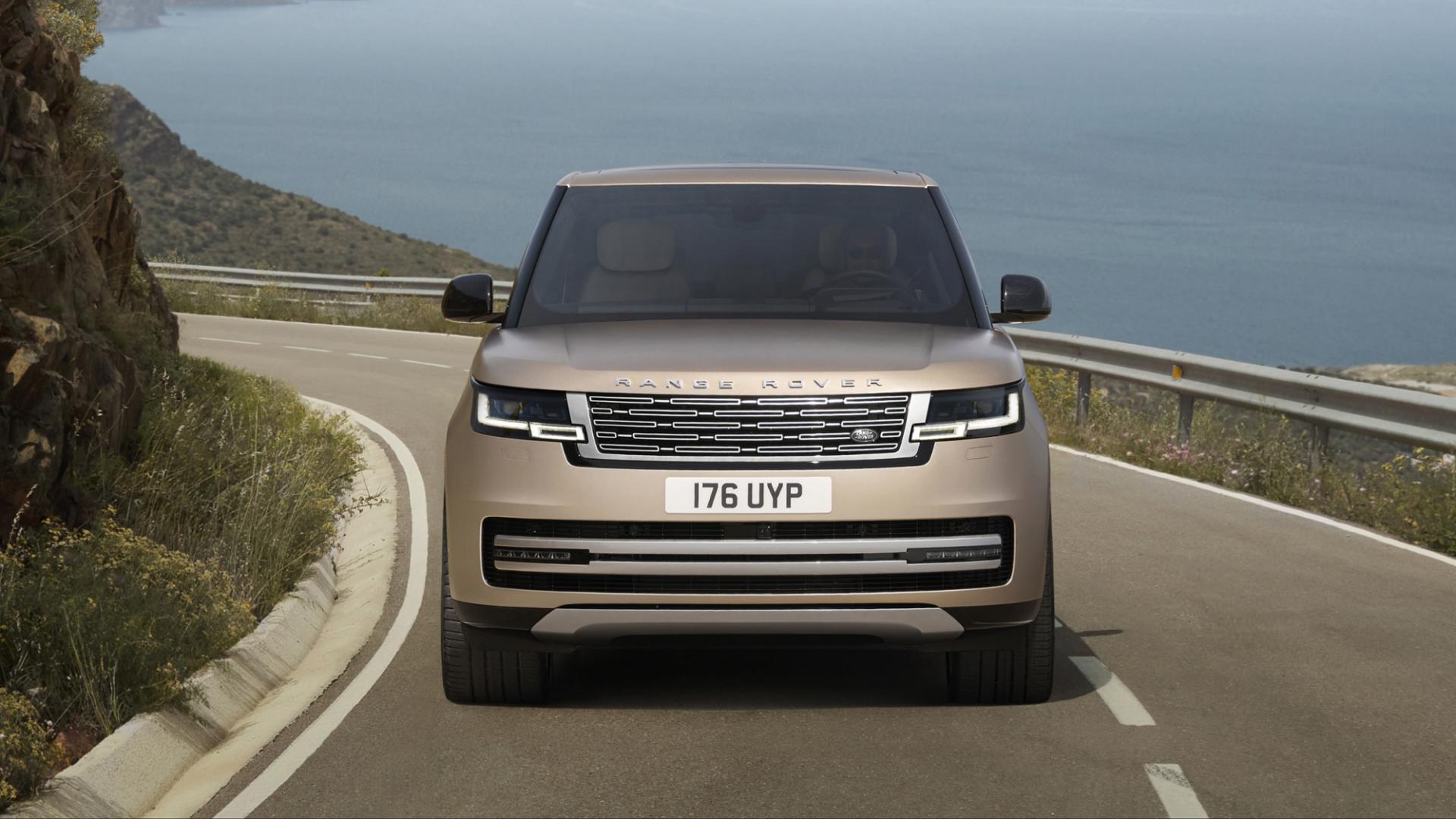
New suspension allows 23-inch wheels that better fill the arches. The headlight units are sharper, the lower grille more separated and widened. Everything lies dead-flush, with close to zero gaps. It has the odd effect of making the thing look, in pictures, like a virtual car off a video game. And in the flesh it's like a concept car, where practical details like windows that wind down and wipers that wipe and headlights that light up are just hindrances to be ignored.
But it's round the back where we find the set of alterations that'll mean you can spot it's the new one from a quarter-mile away when it's covered in mud and the weather's foggy. The light clusters form a three-sided squared-off loop around the tail, their fourth side the border of the spilt tailgate.
Again, surfaces are ultra-finessed, lines pared to subatomic thin-ness. In the original range Rover those tailgate splits were so wide you could be in the following car and practically see daylight streaming in from the radiator grille.
Ah, the original. McGovern says Range Rover "recognises but isn't shackled by its heritage". In other words, they won't have a business if they aim just at the tweedy landed gentry who they attracted with the original 52 years ago.
They want 'discerning modernists'. Those were the people who, much to Land Rover's own surprise, began self-selecting themselves into the original during the 1980s. The new car is wholly explicit about aiming straight for them.
STORY Paul Horrell







